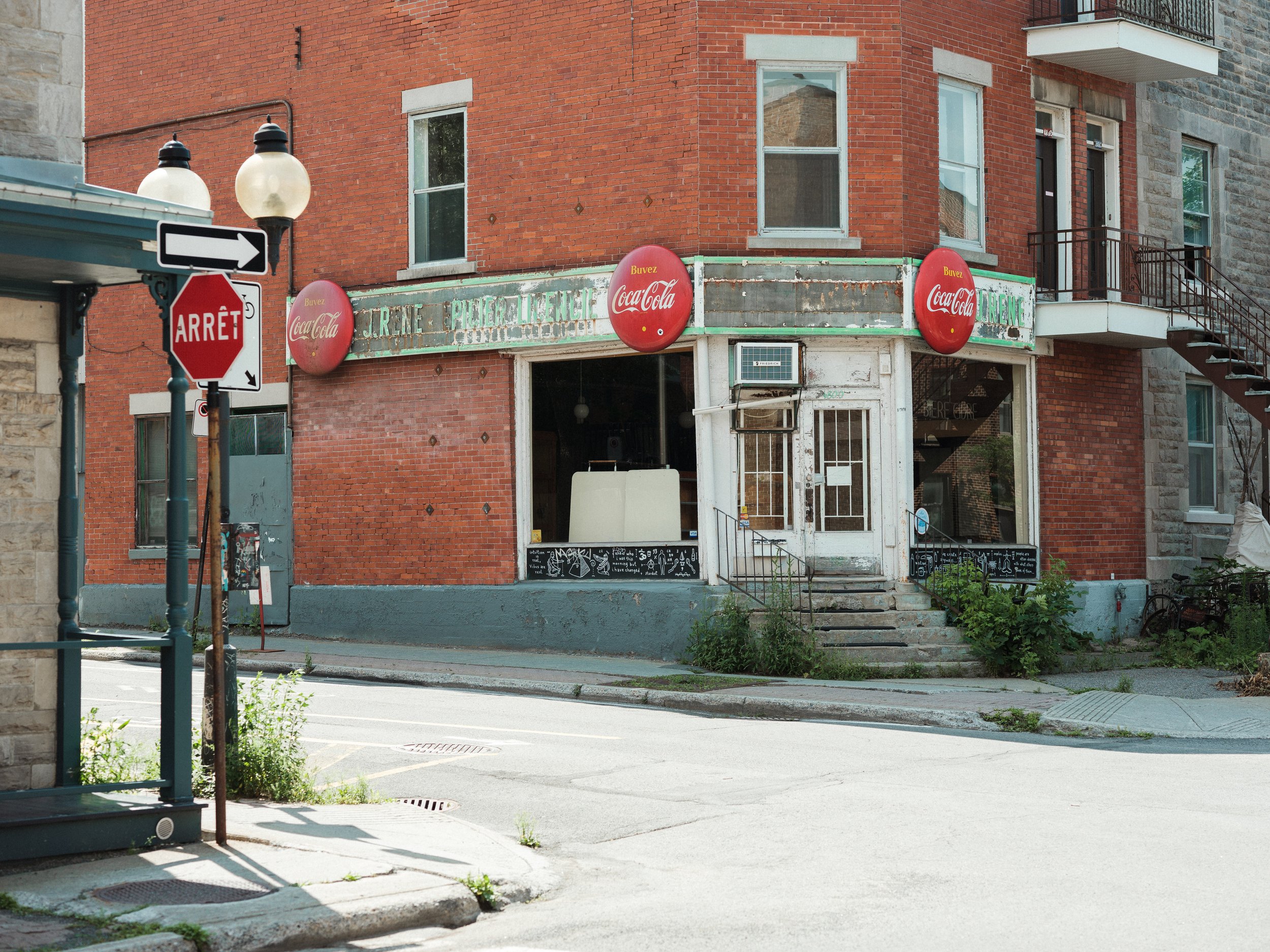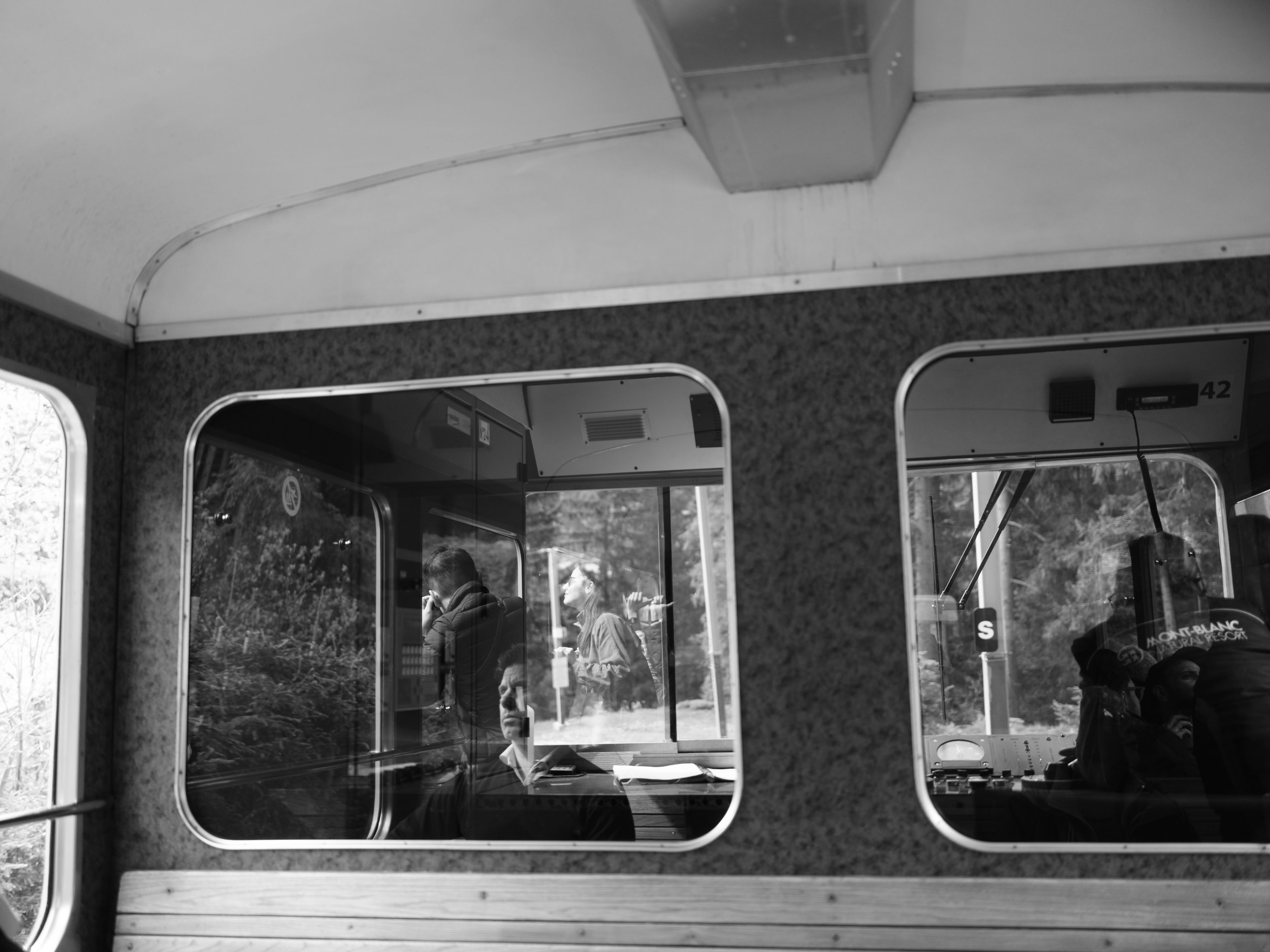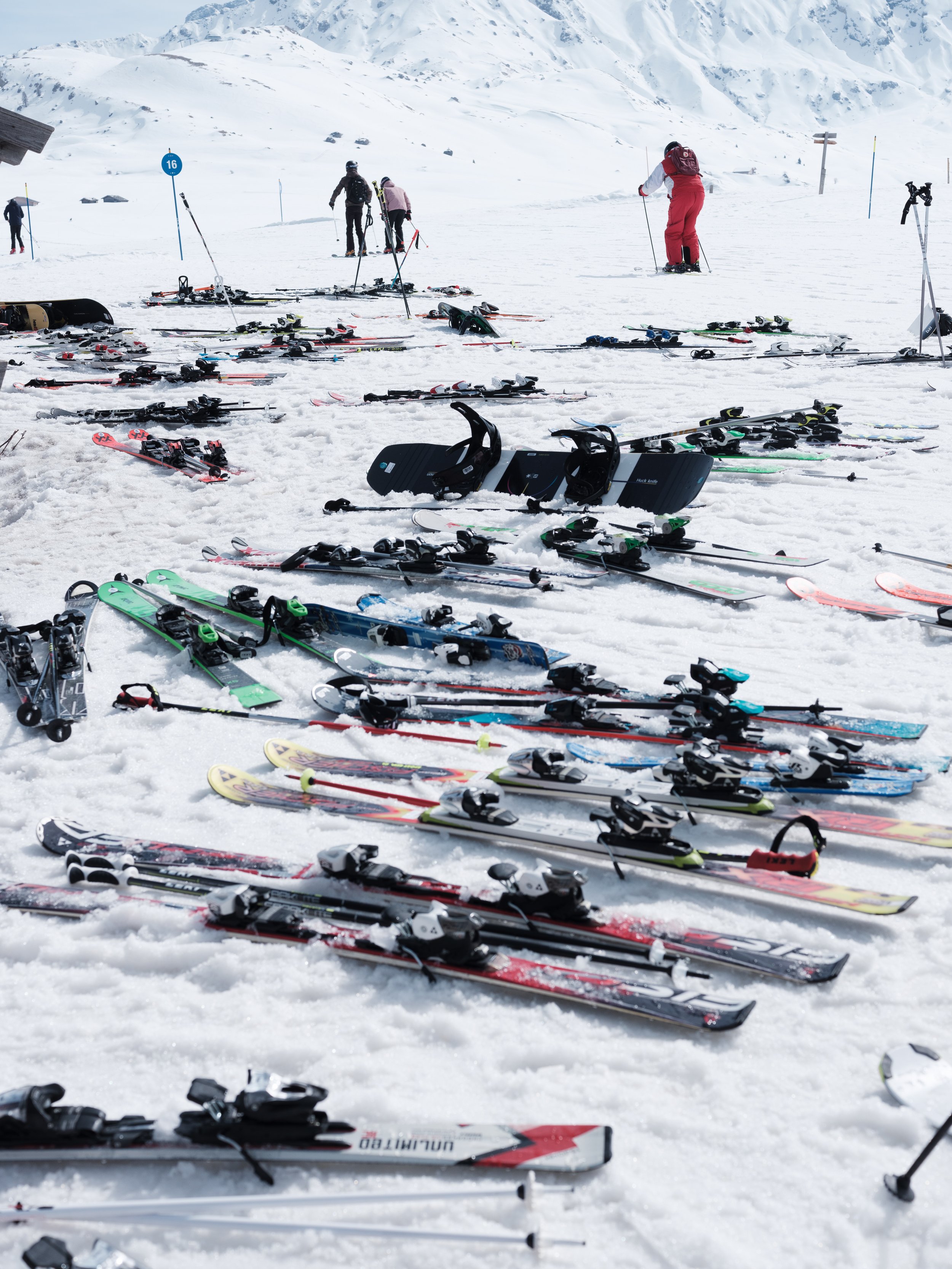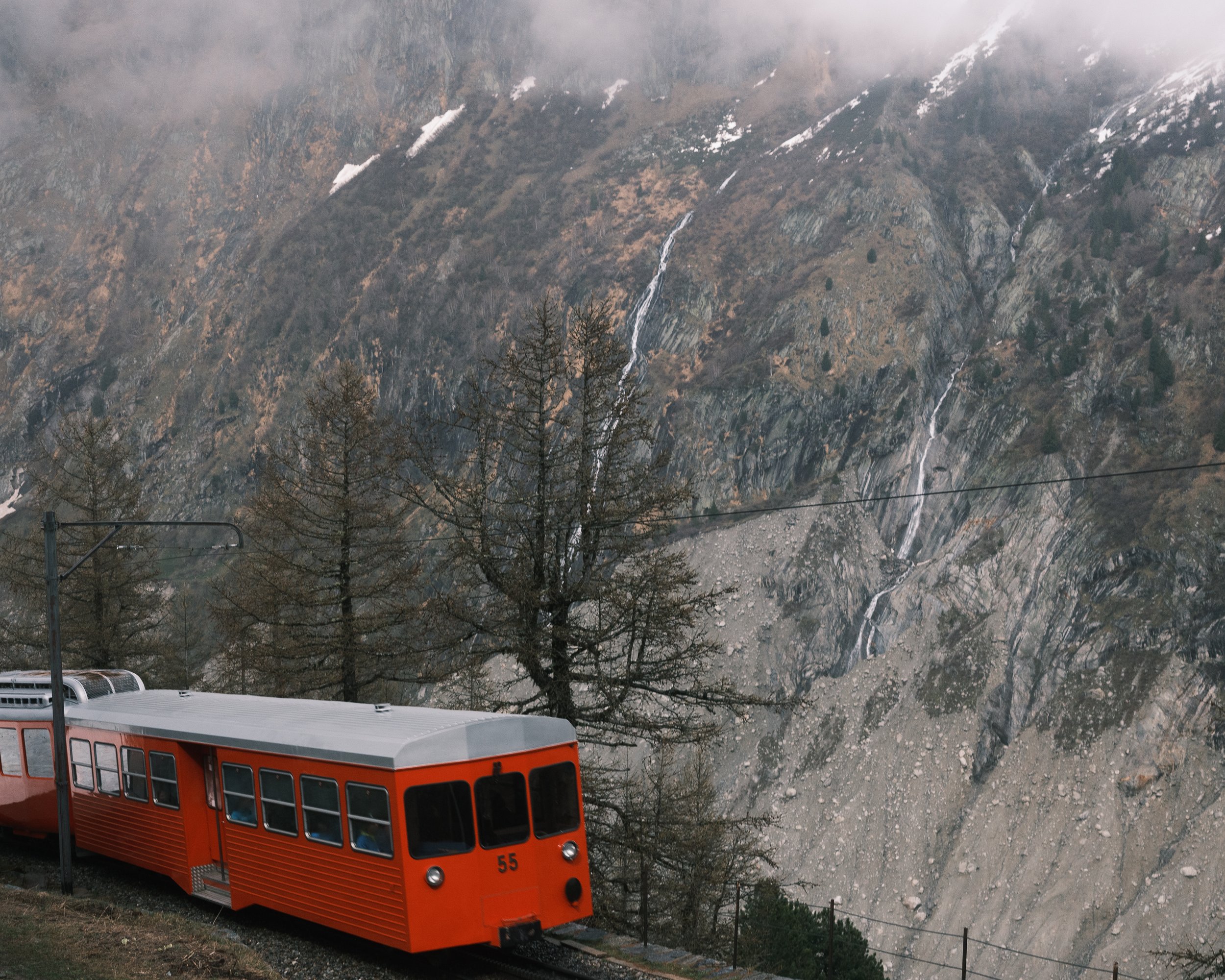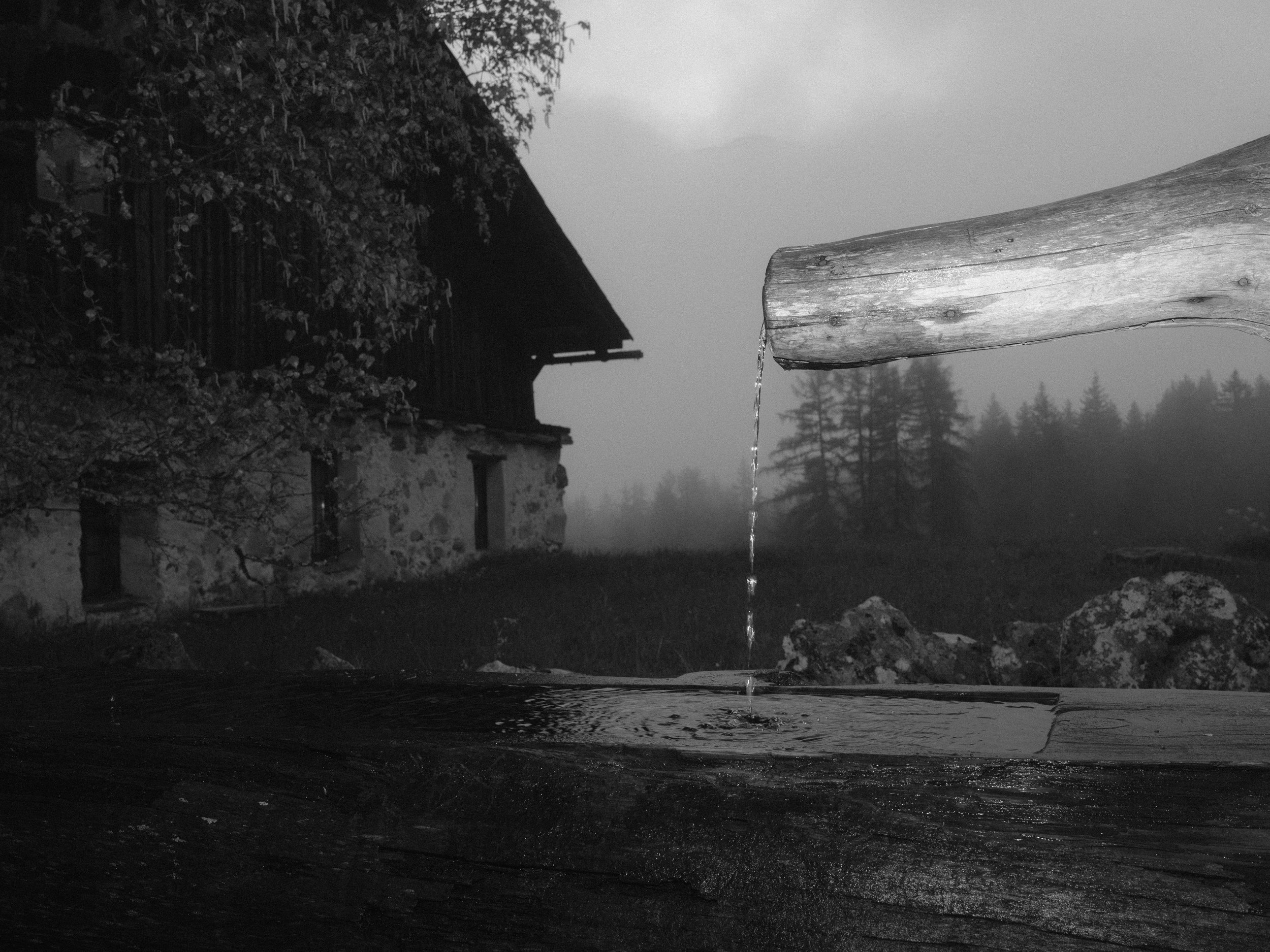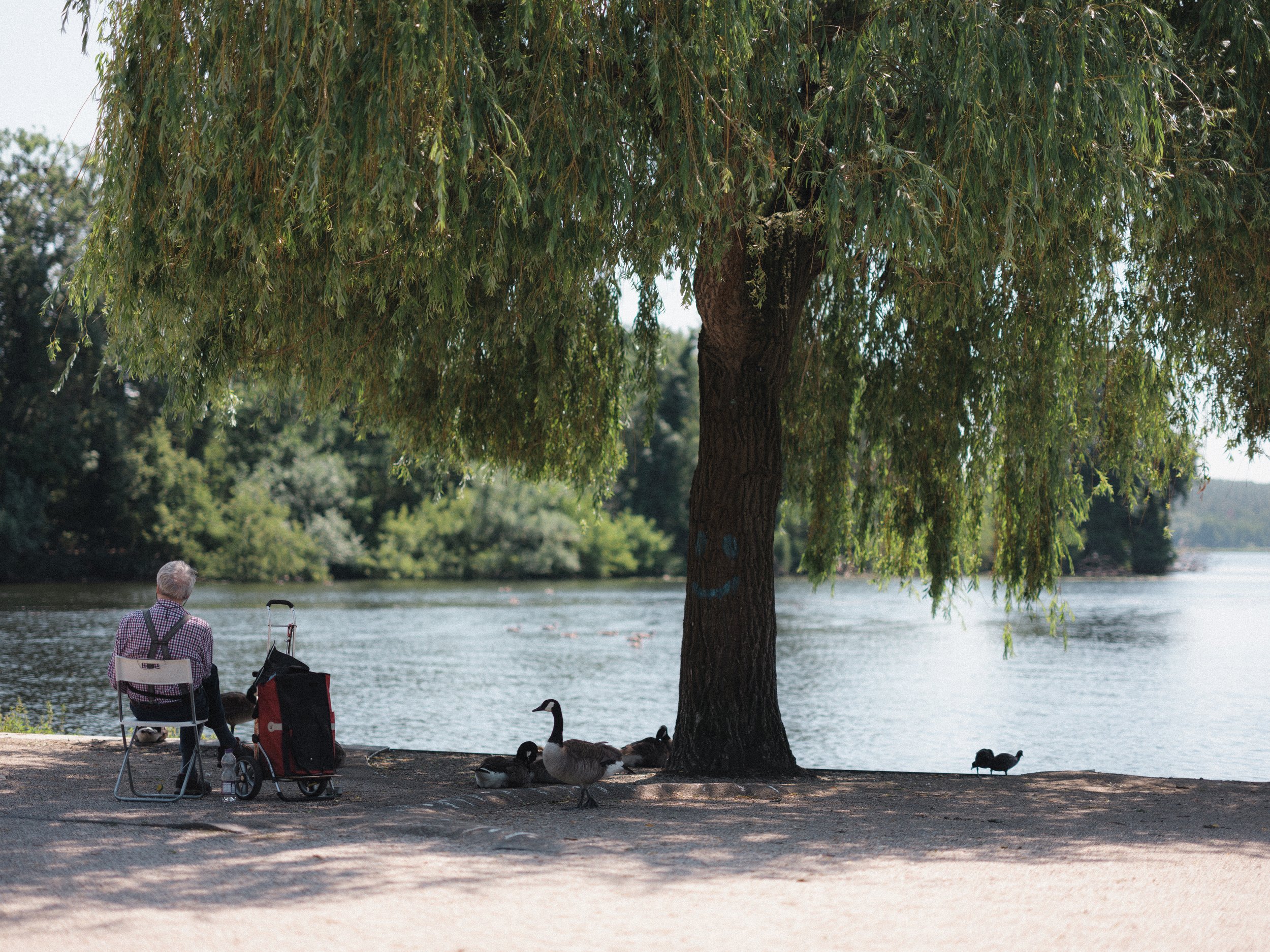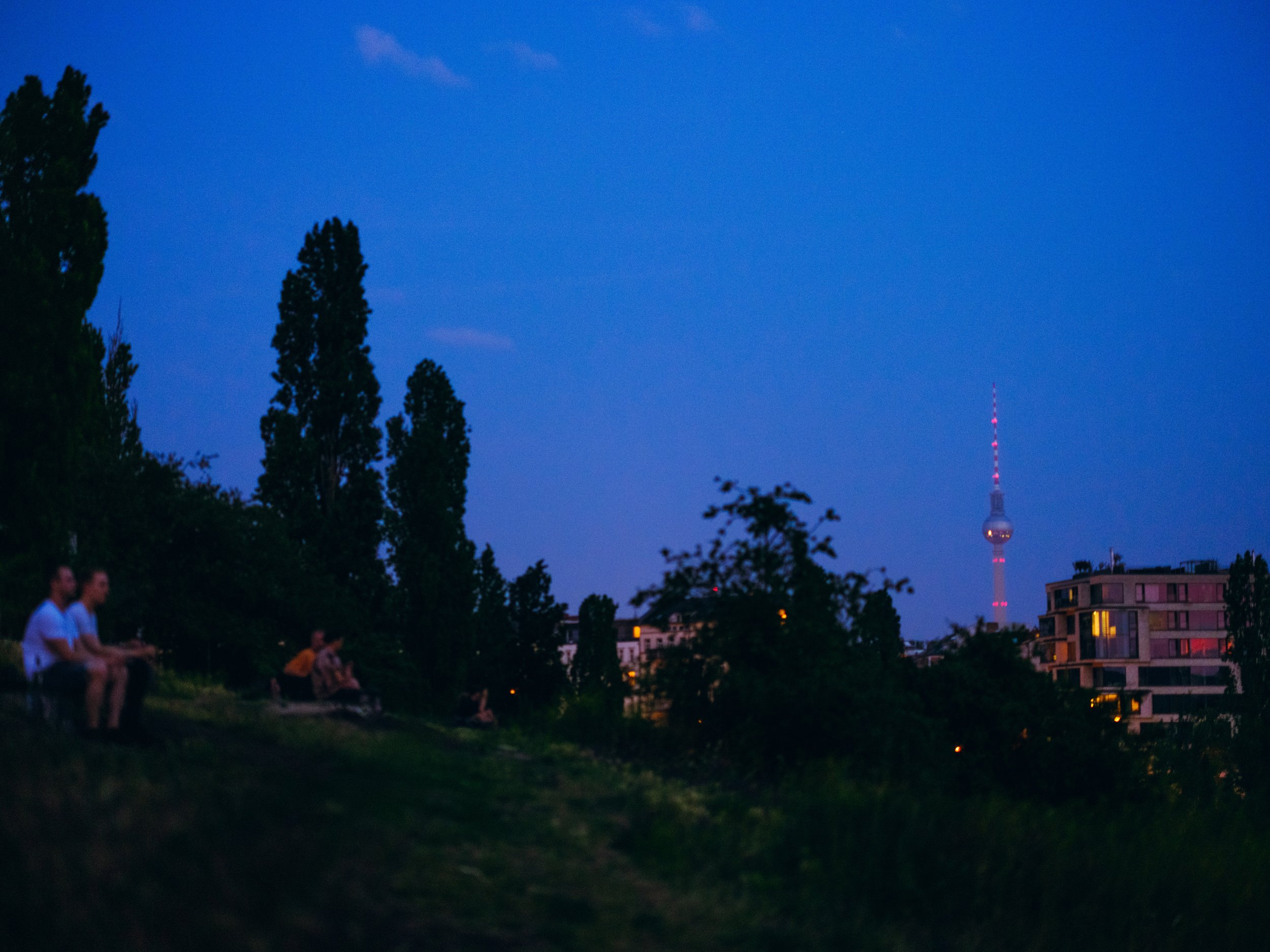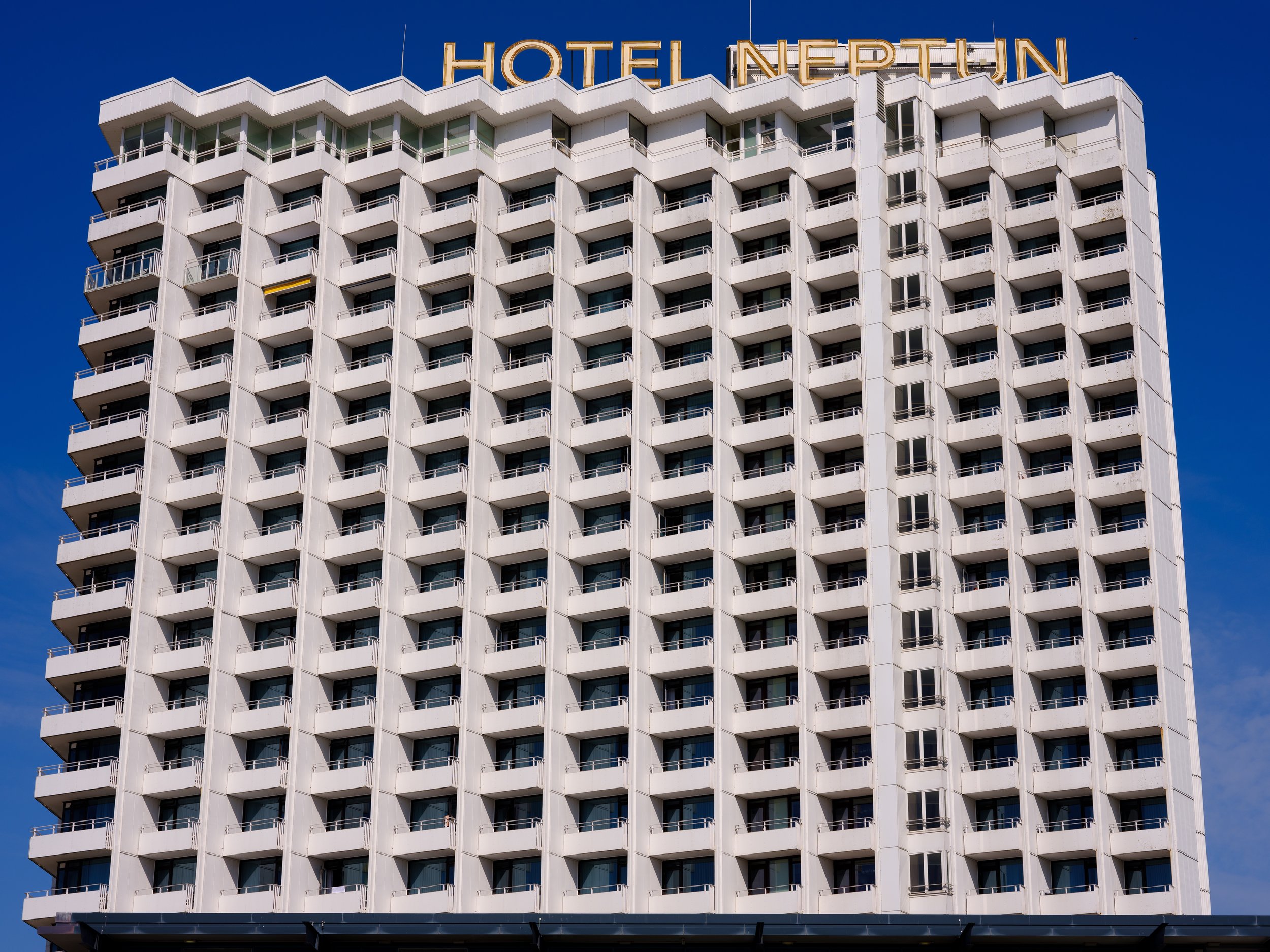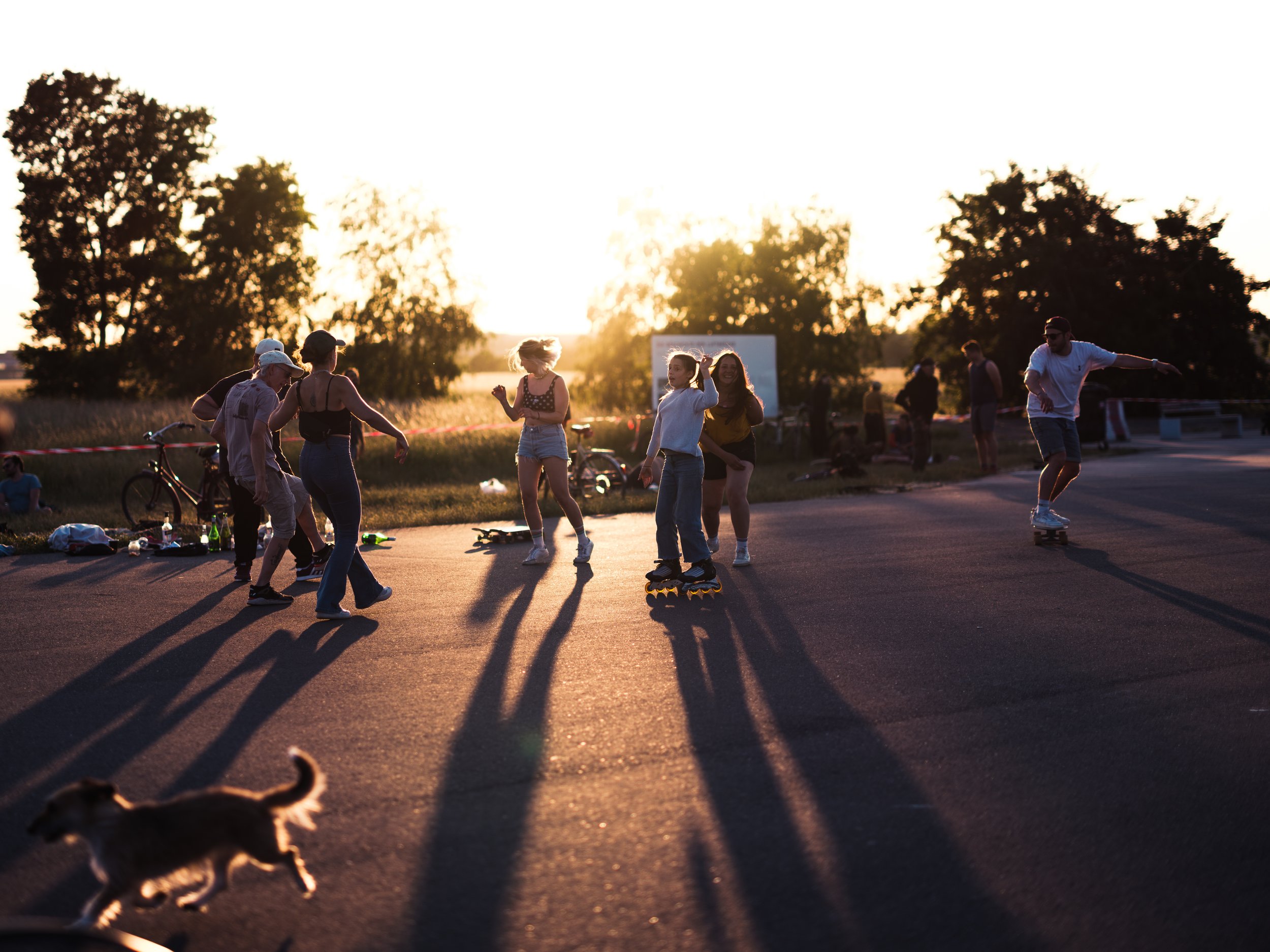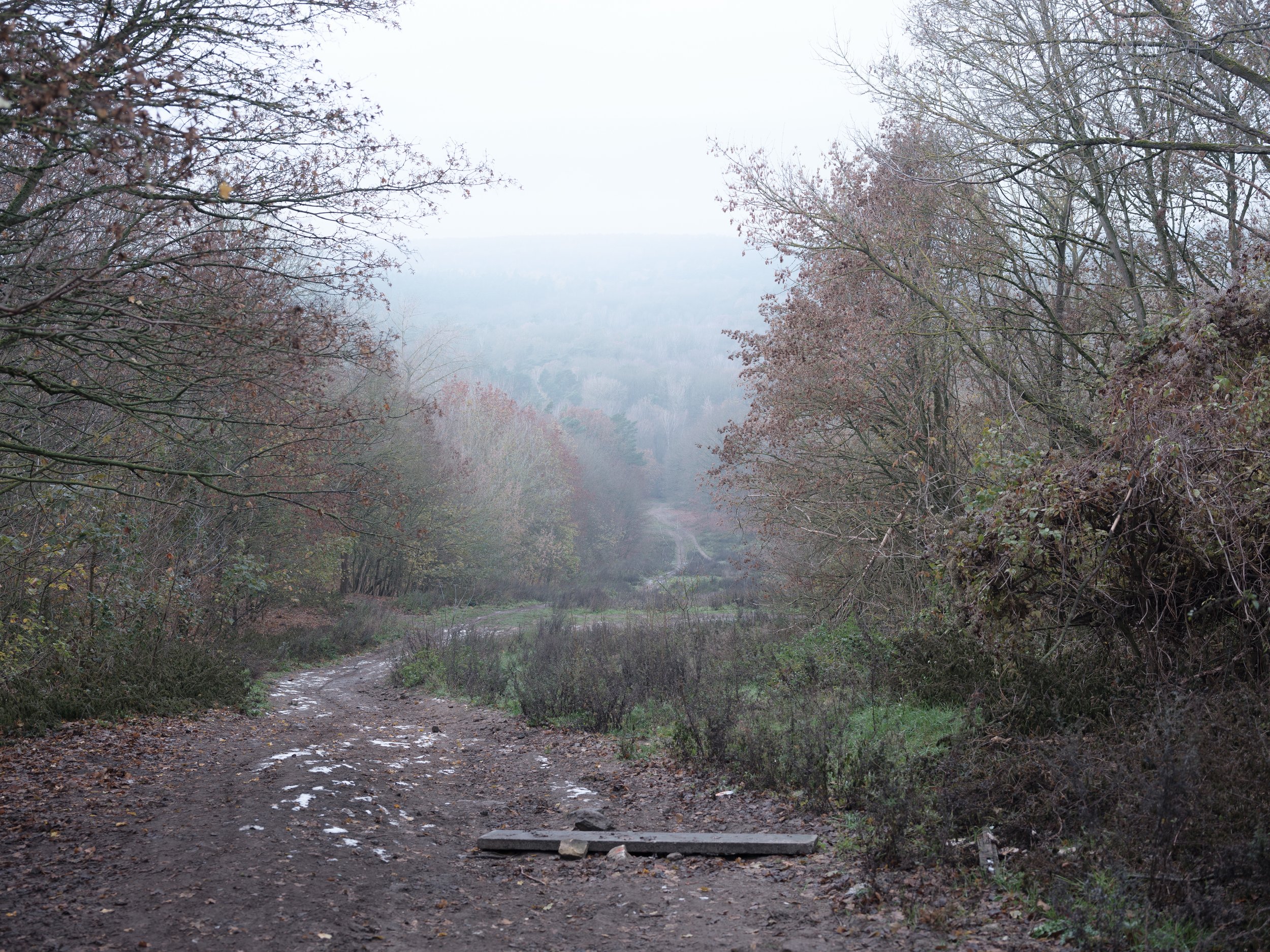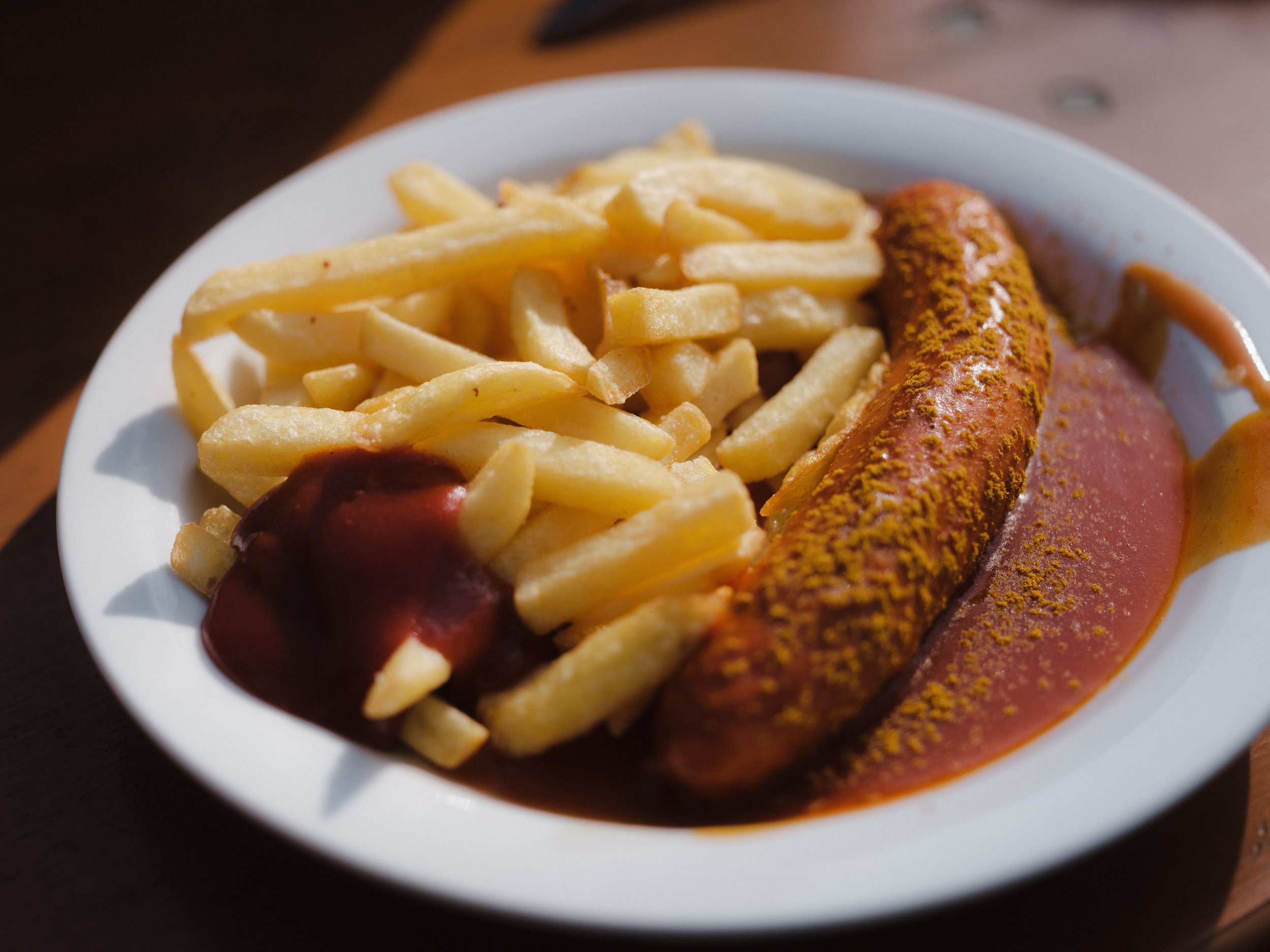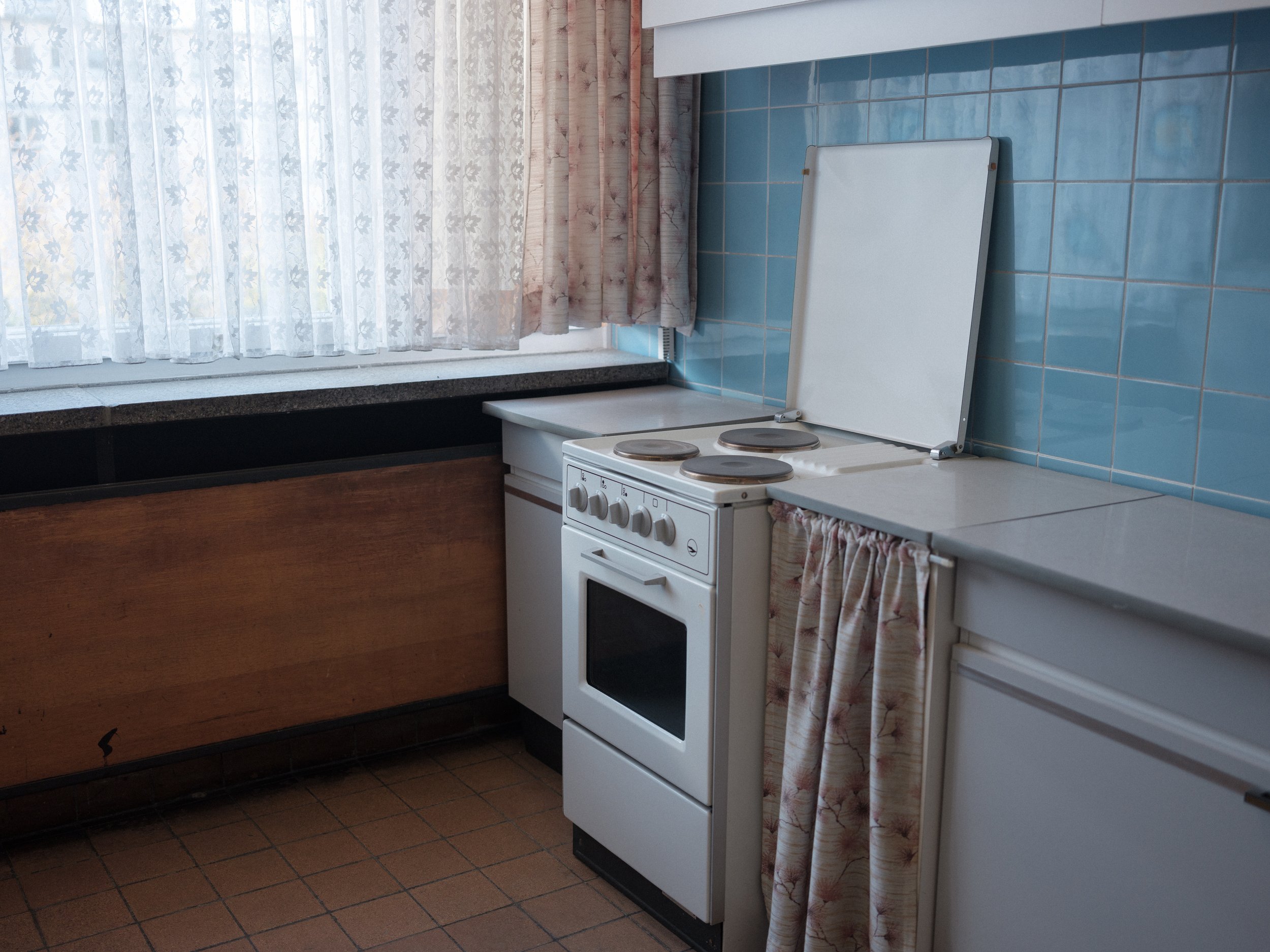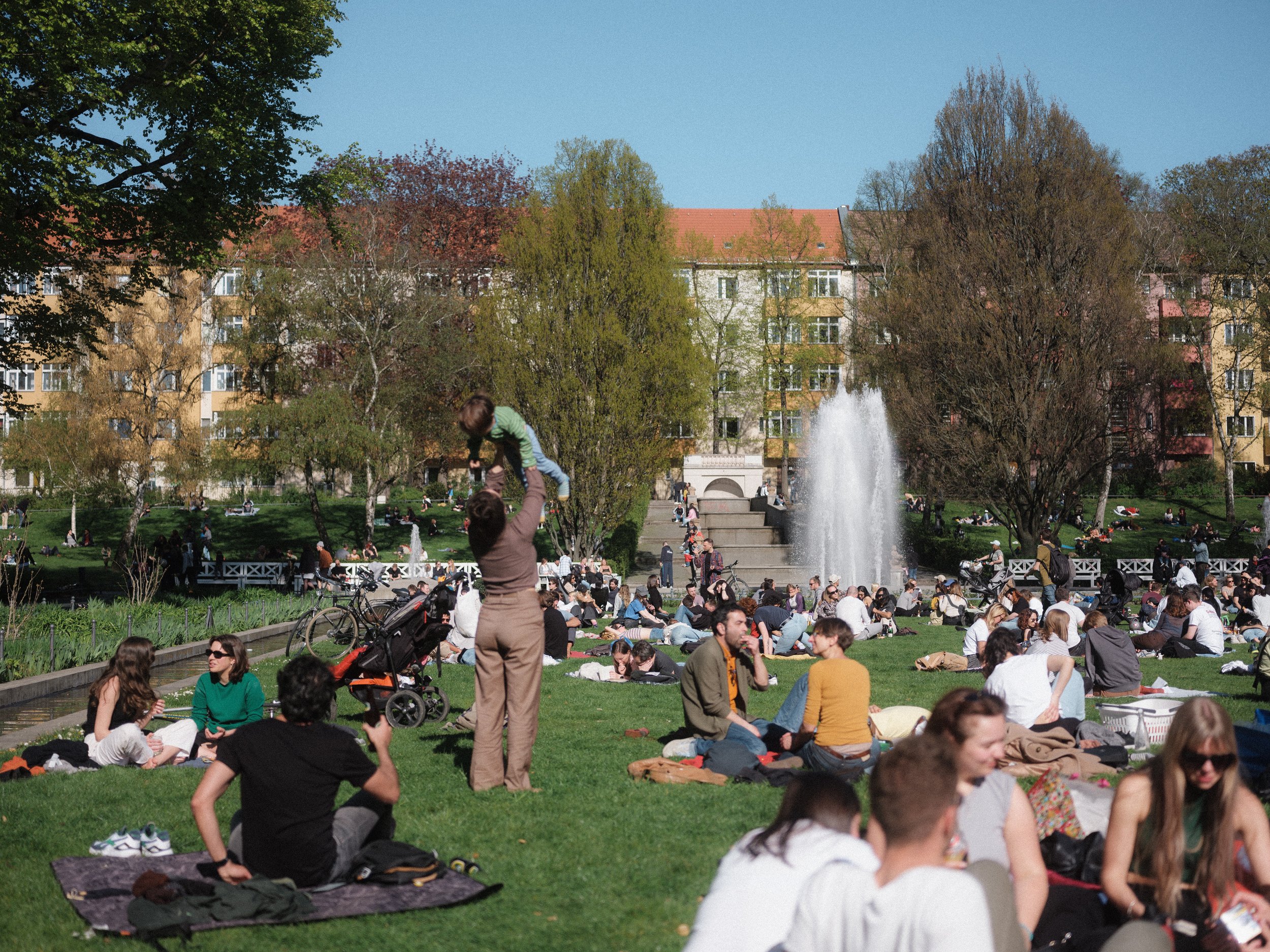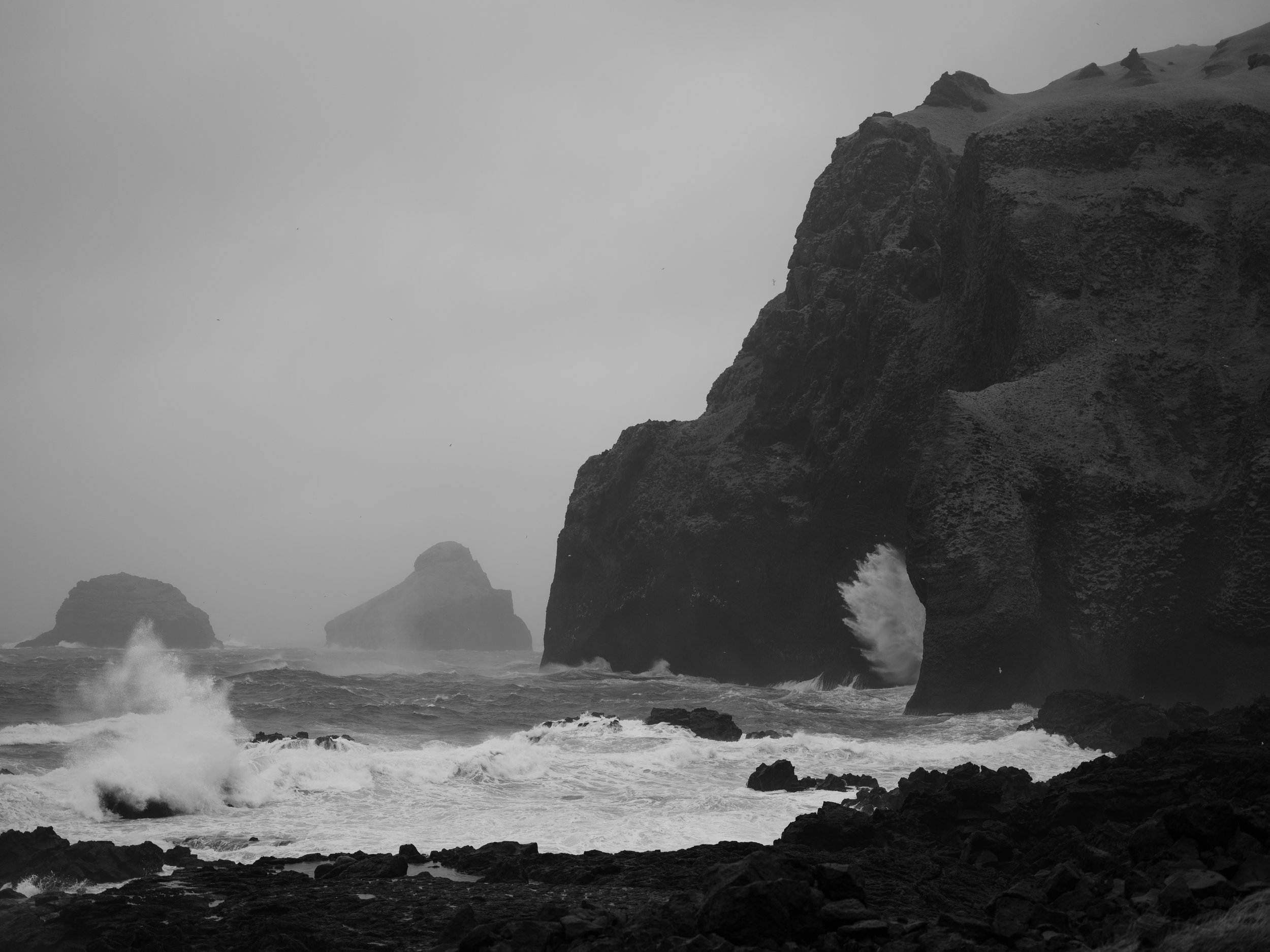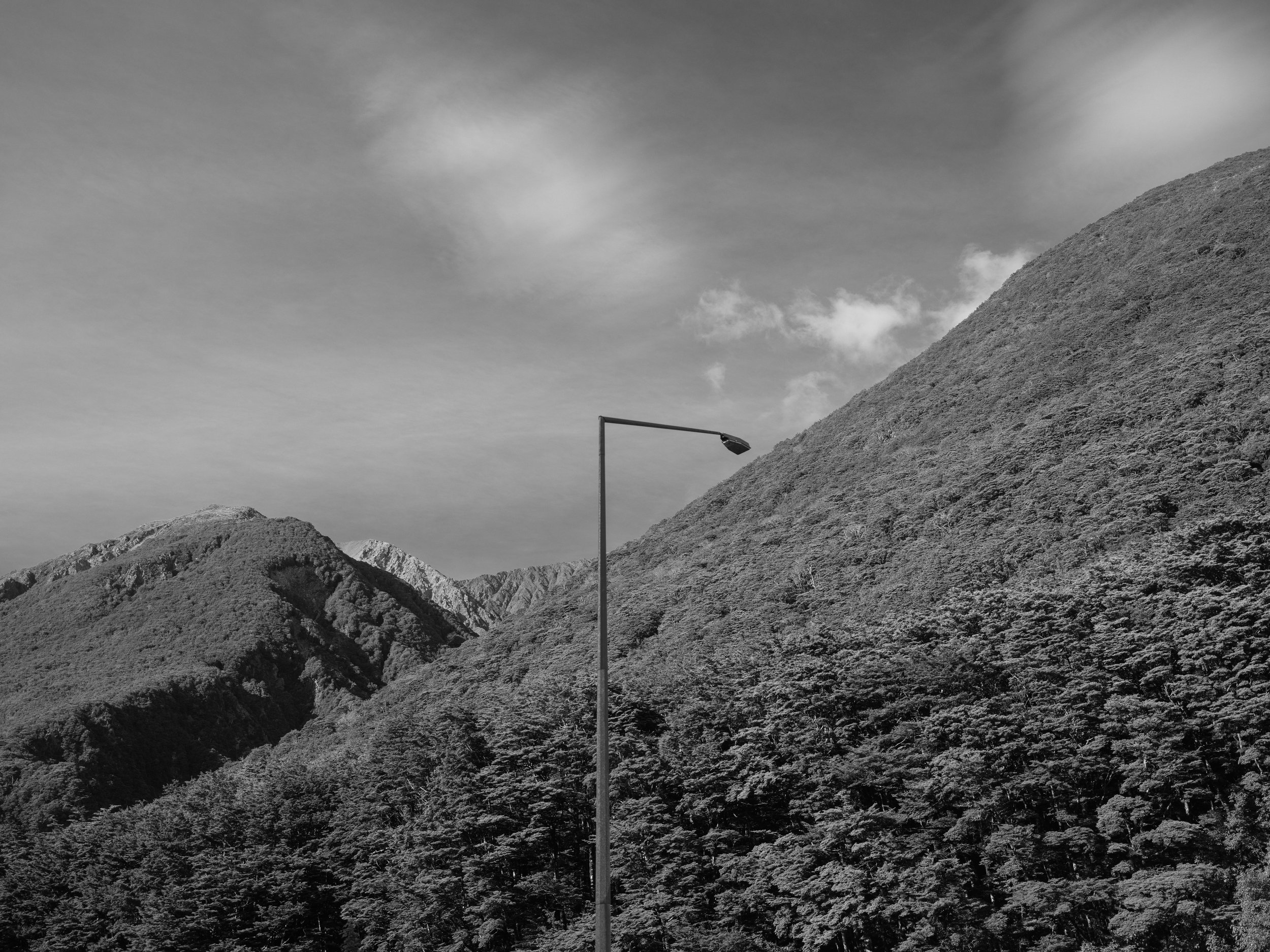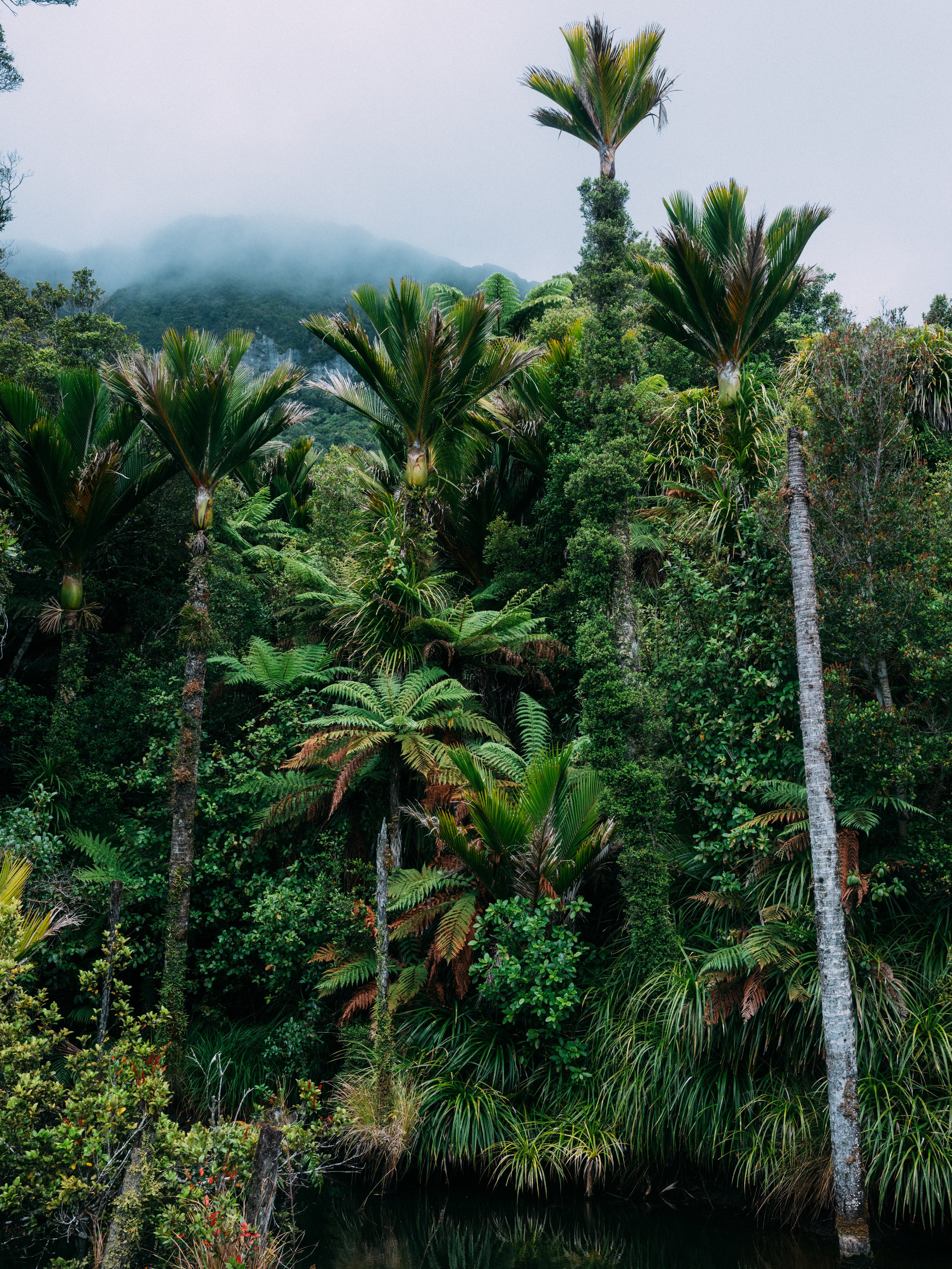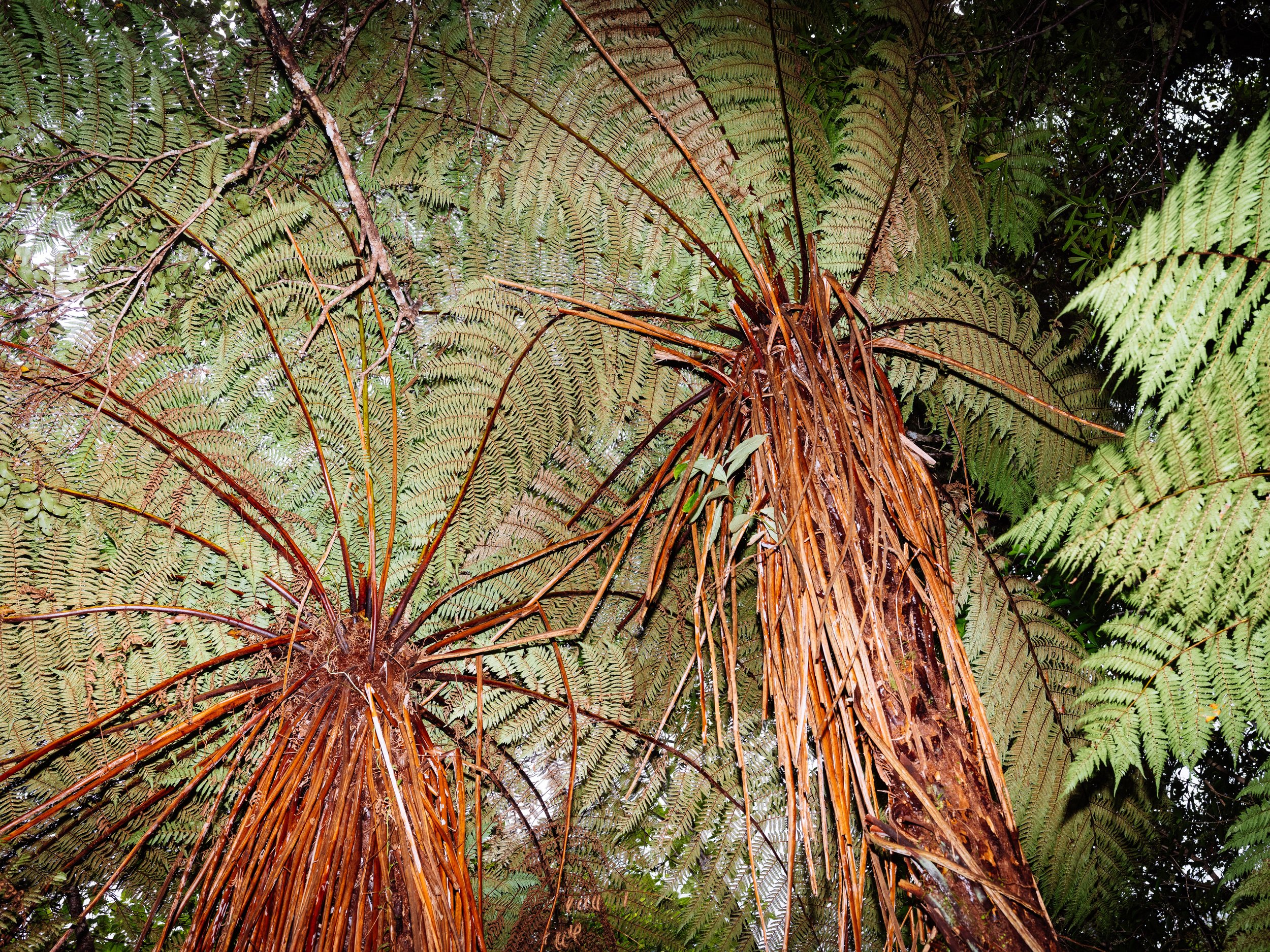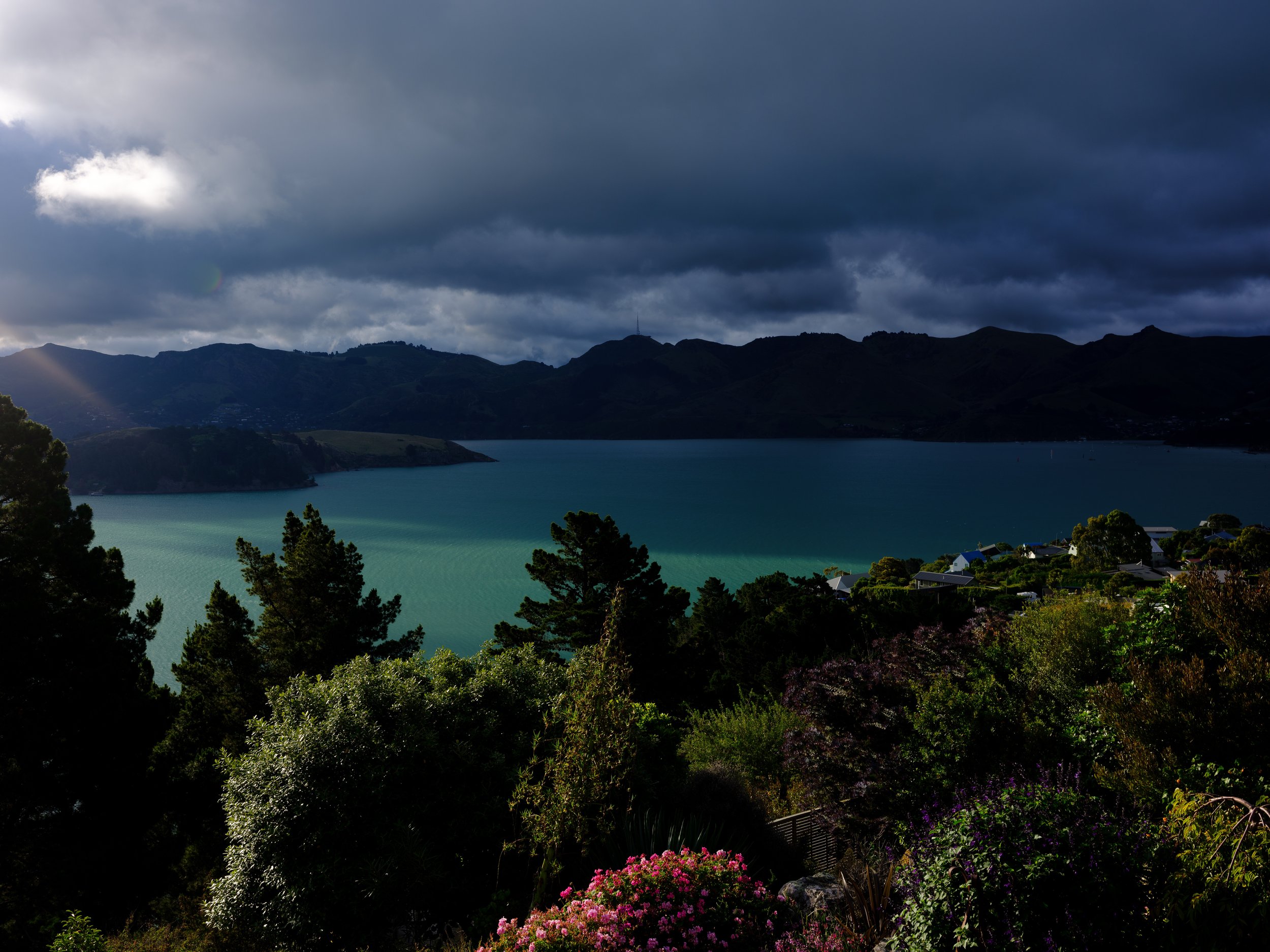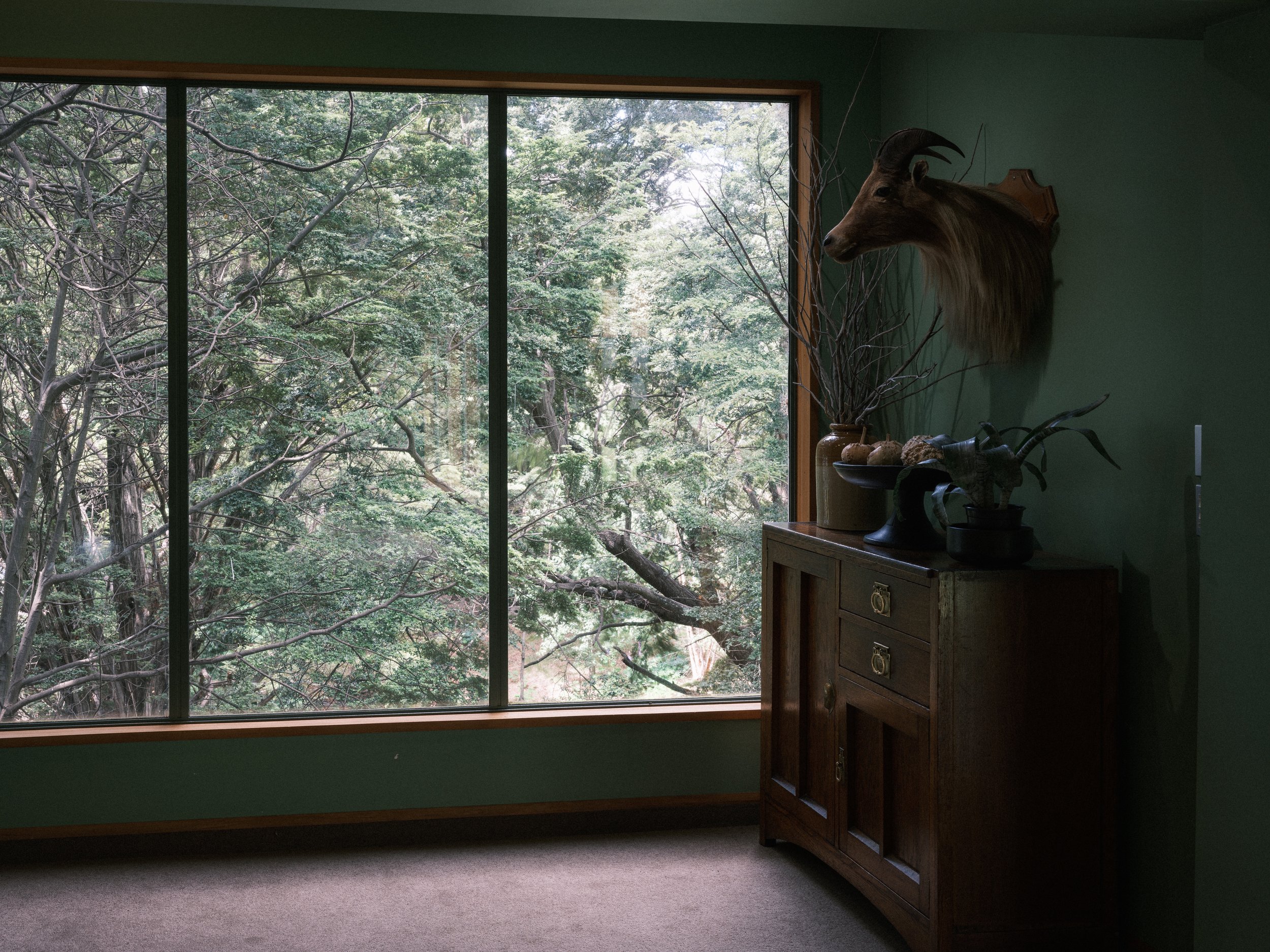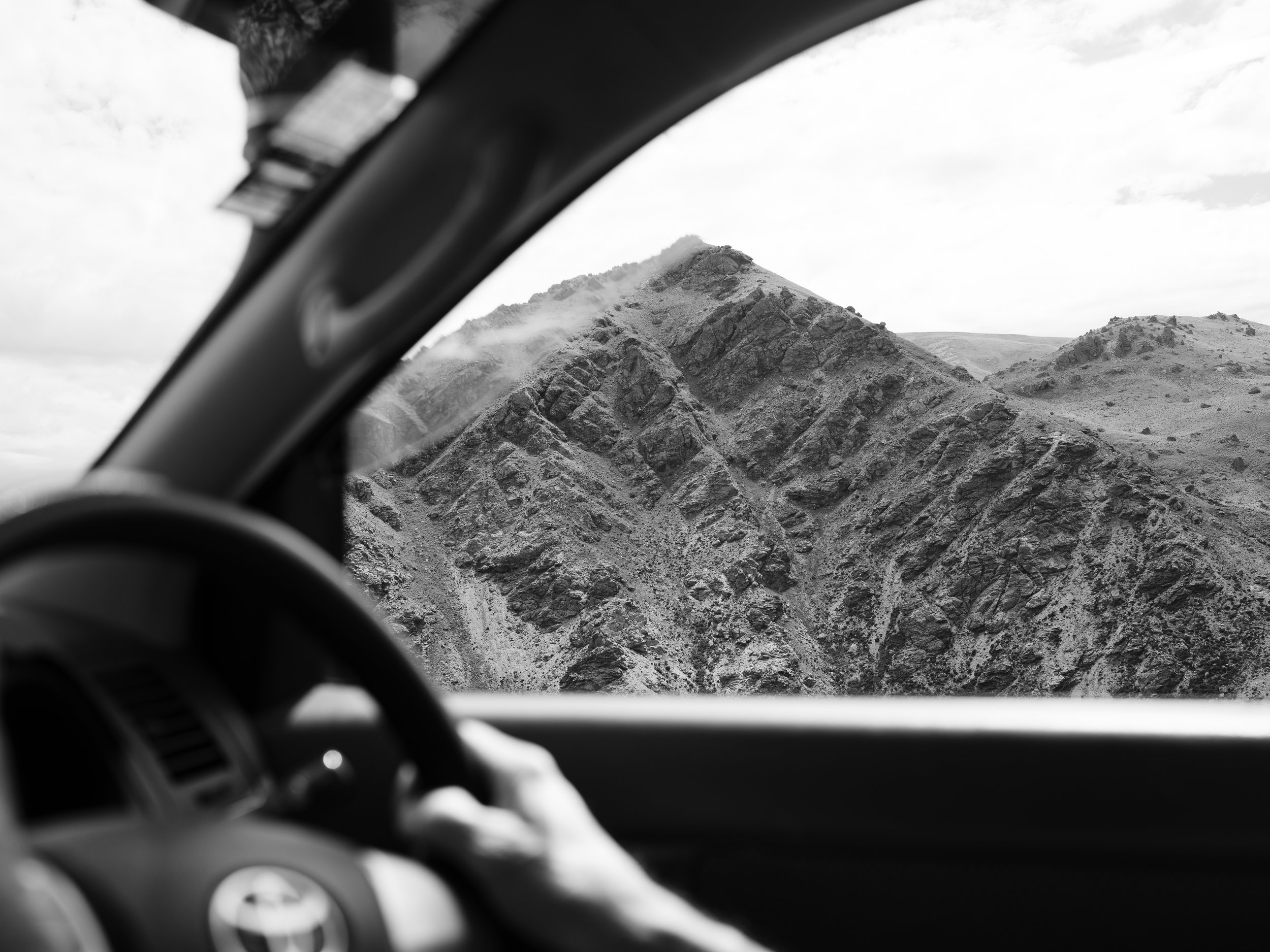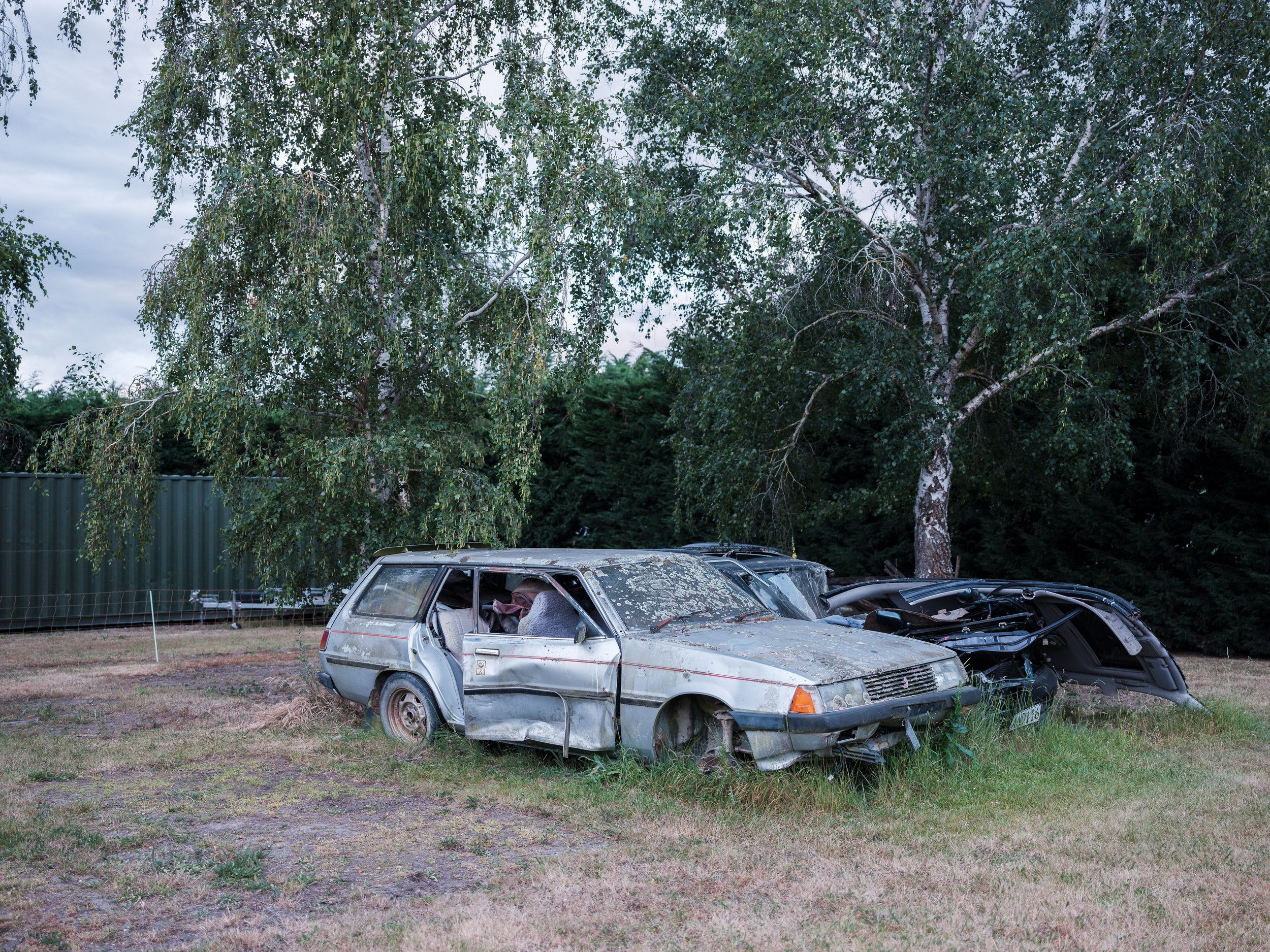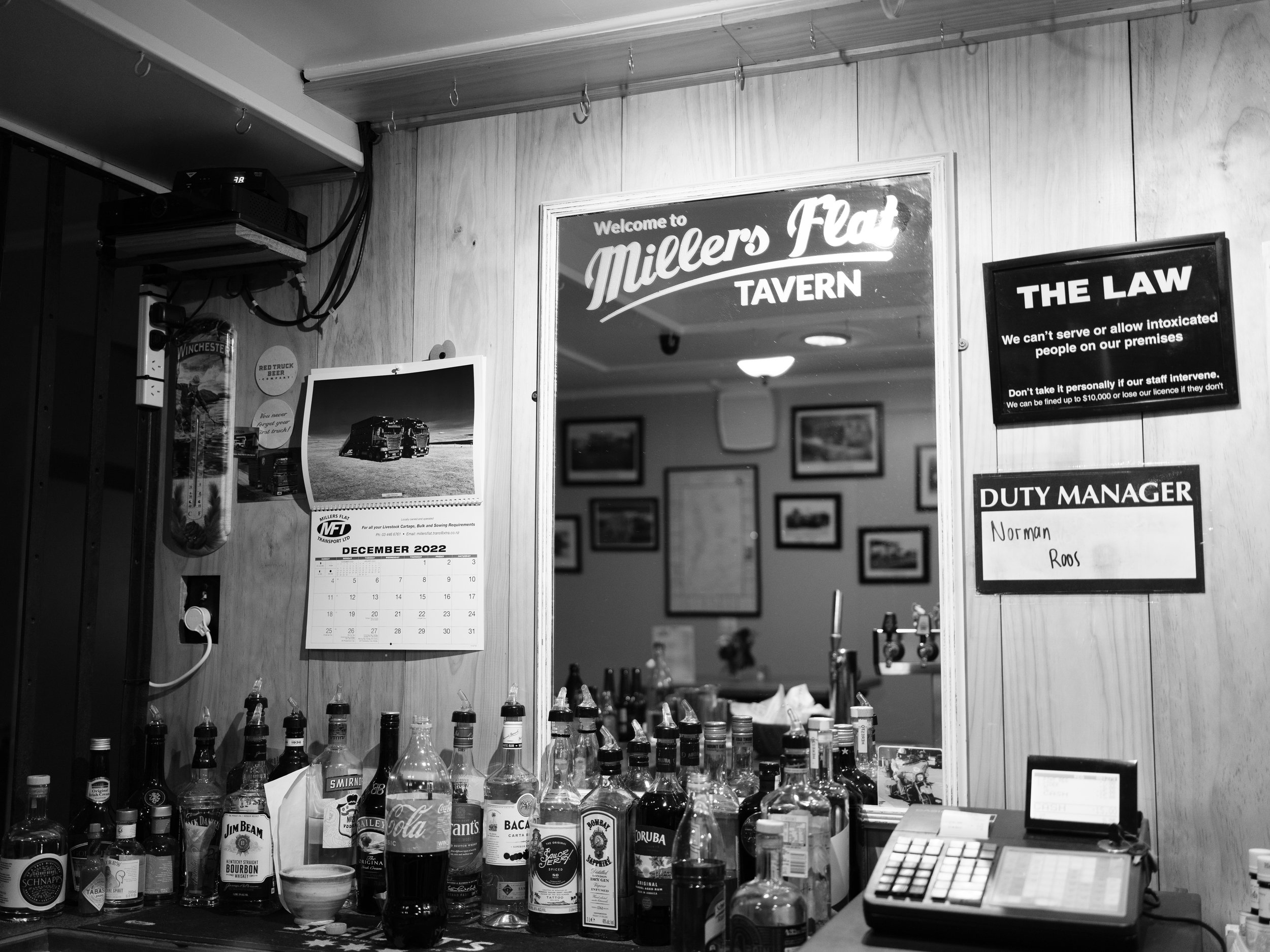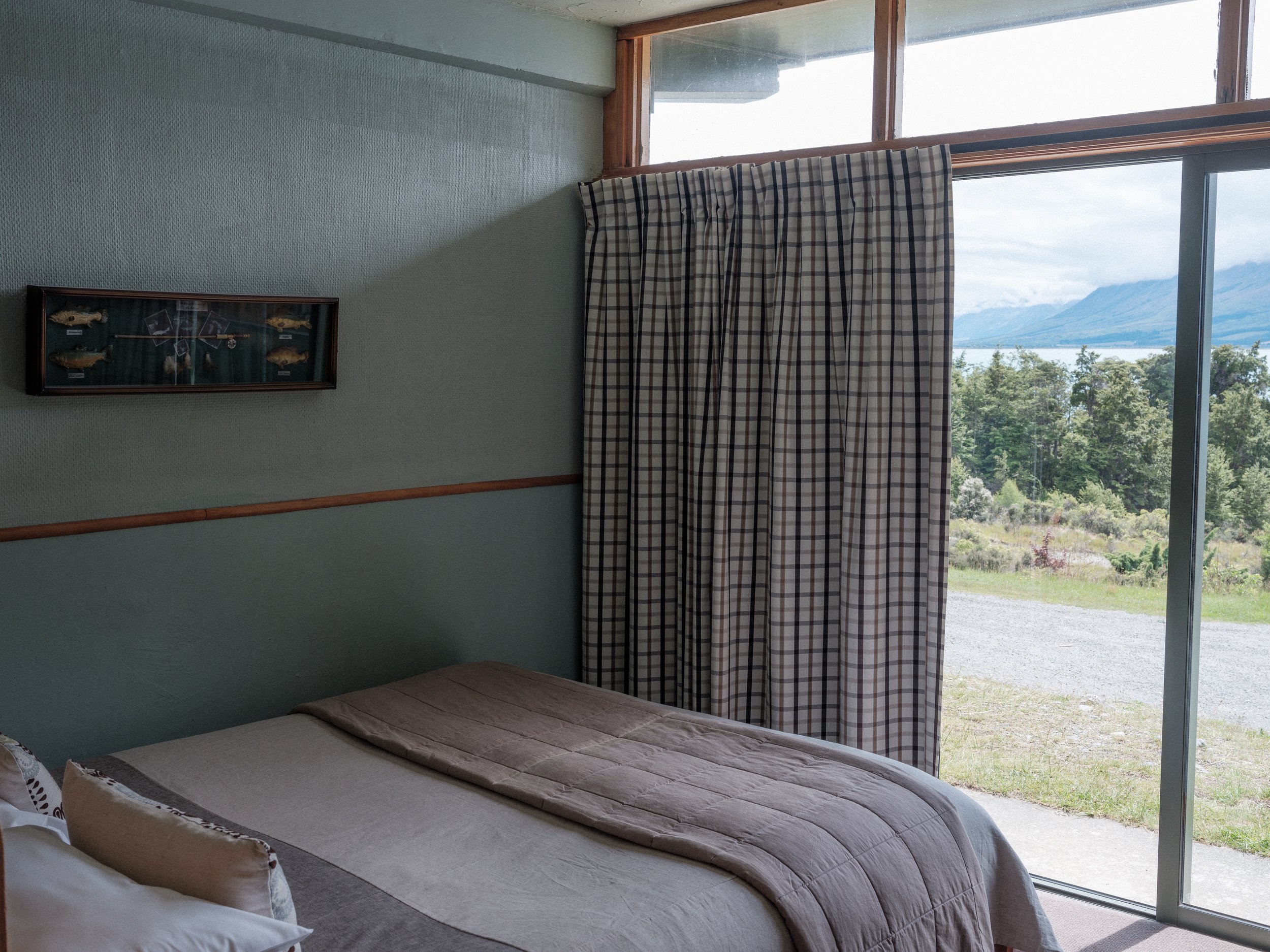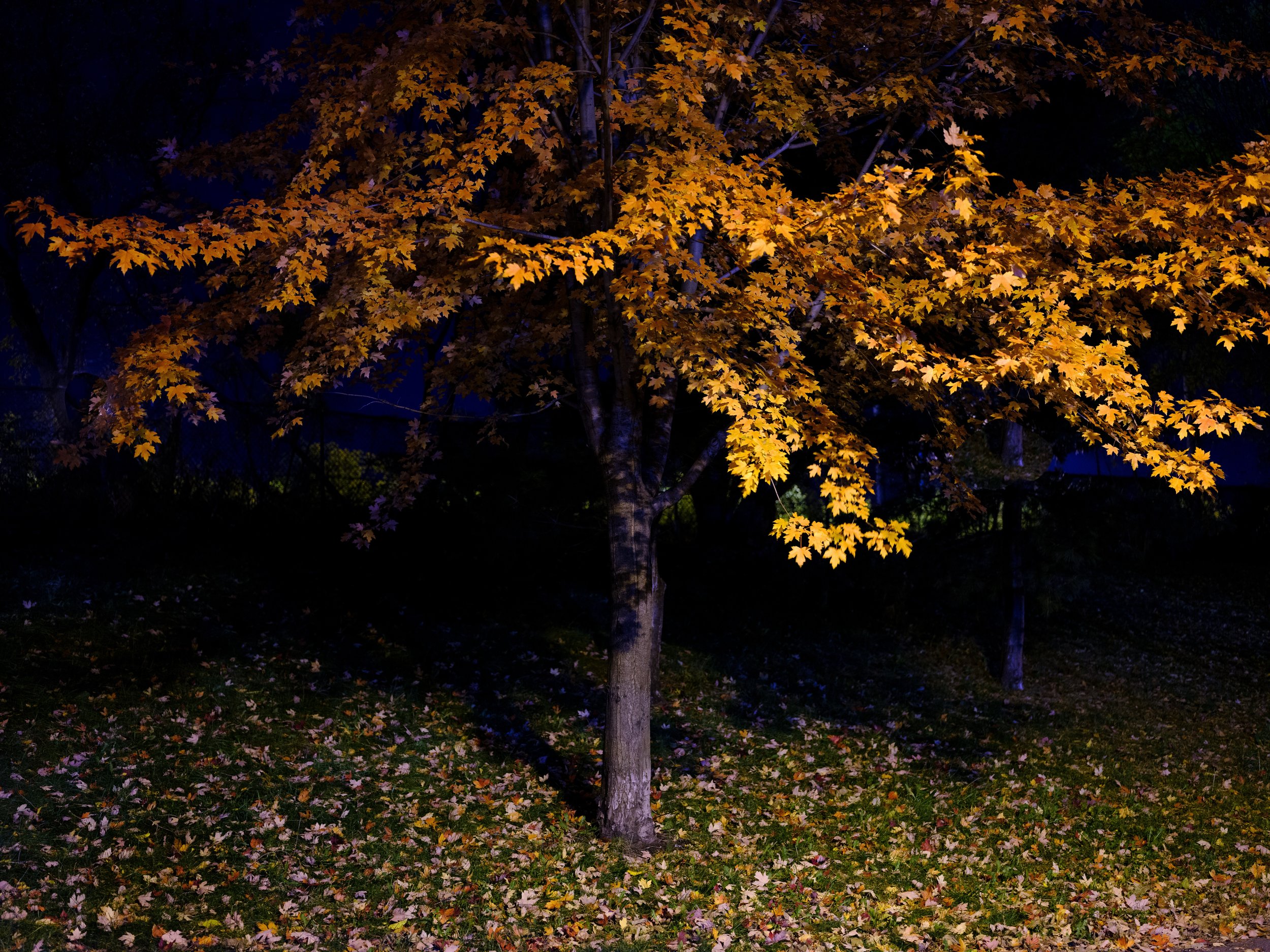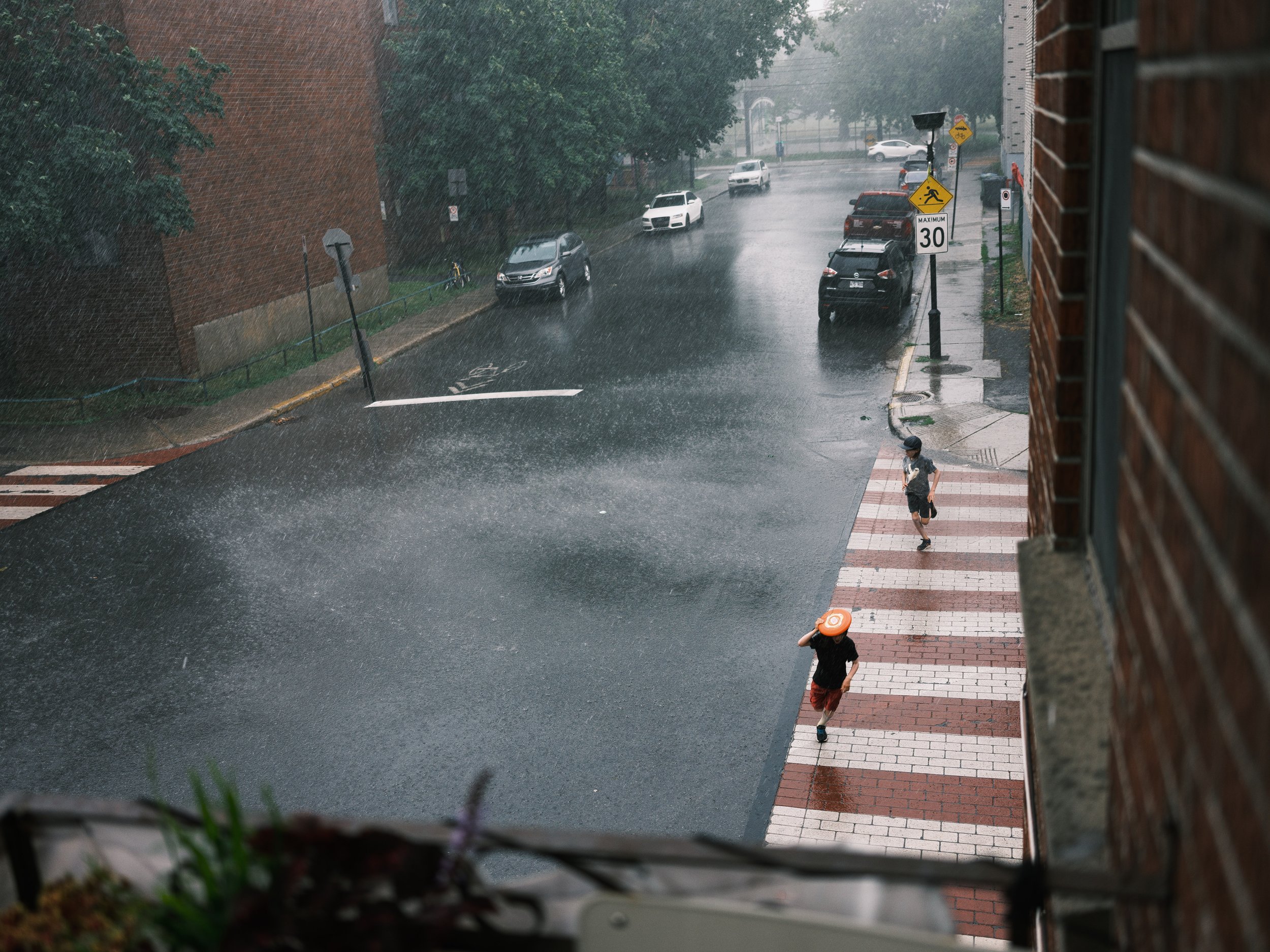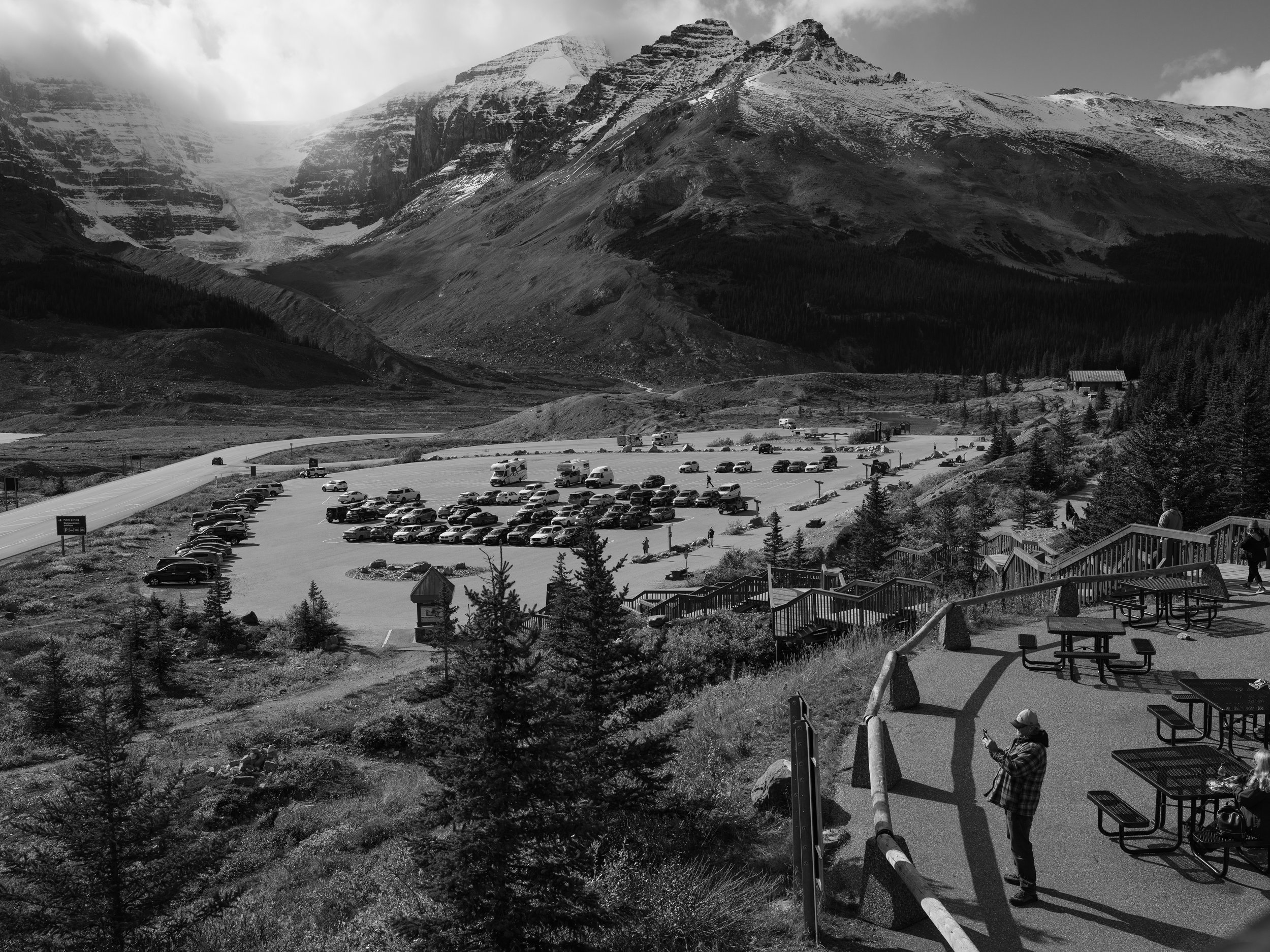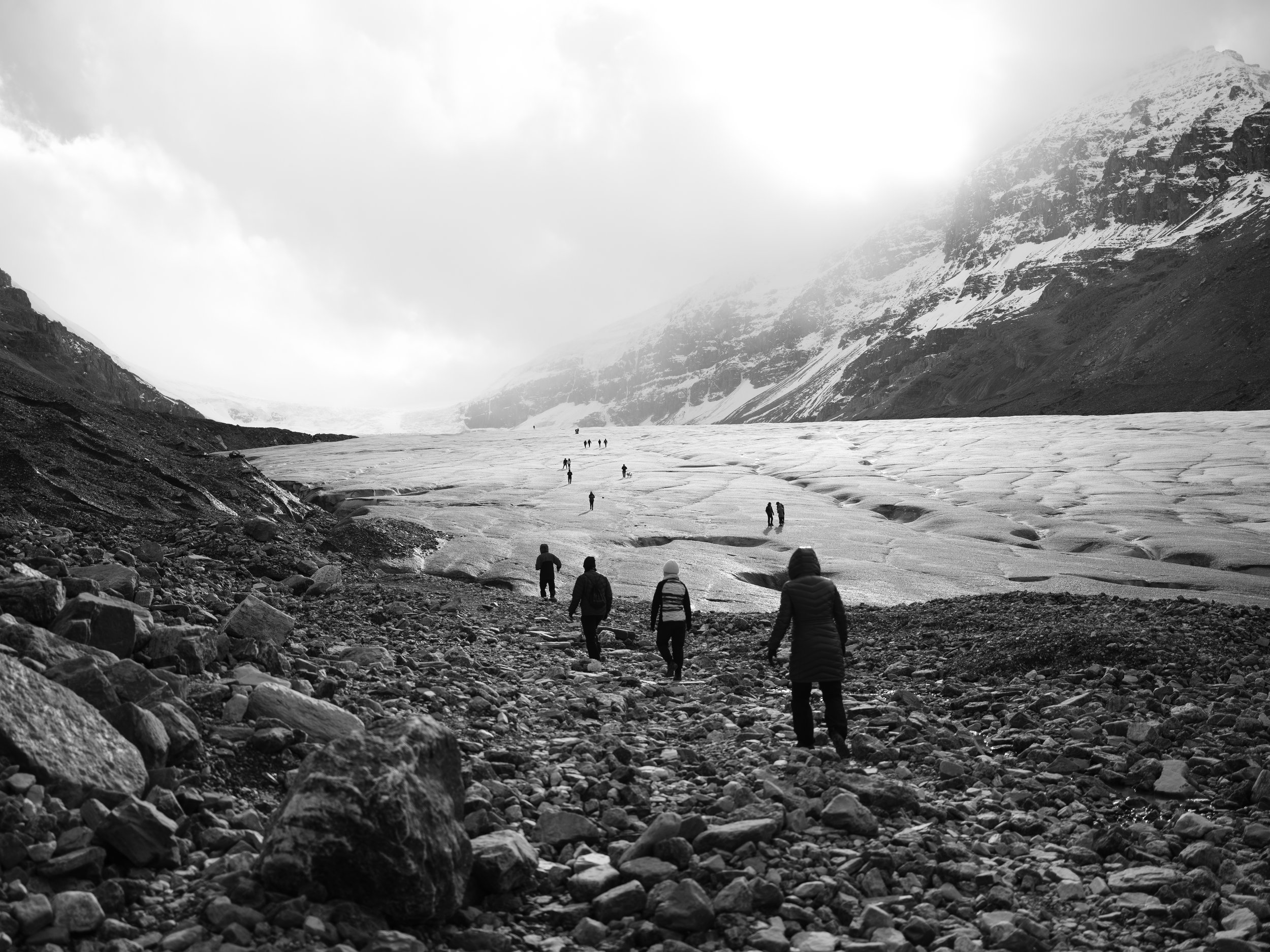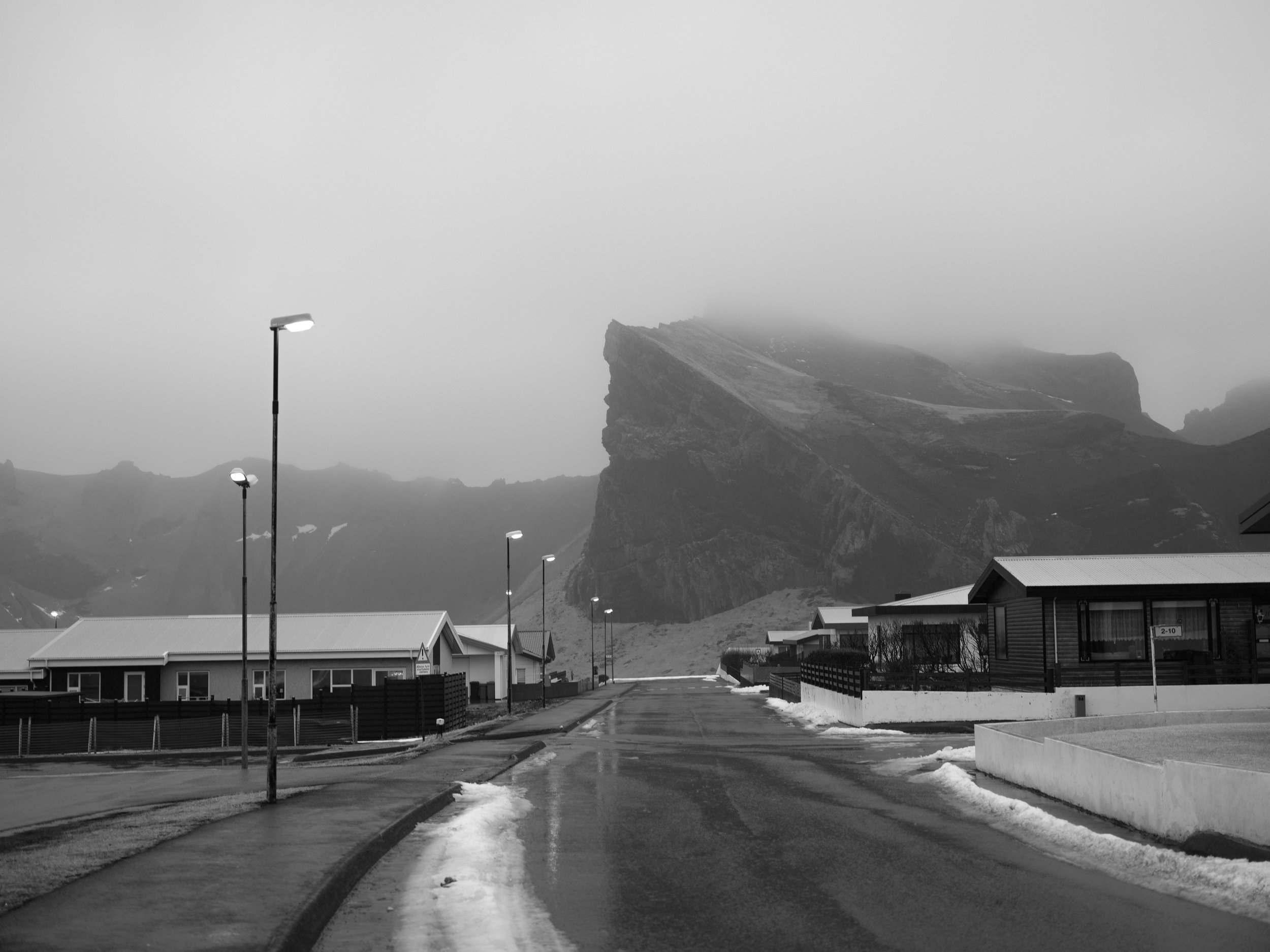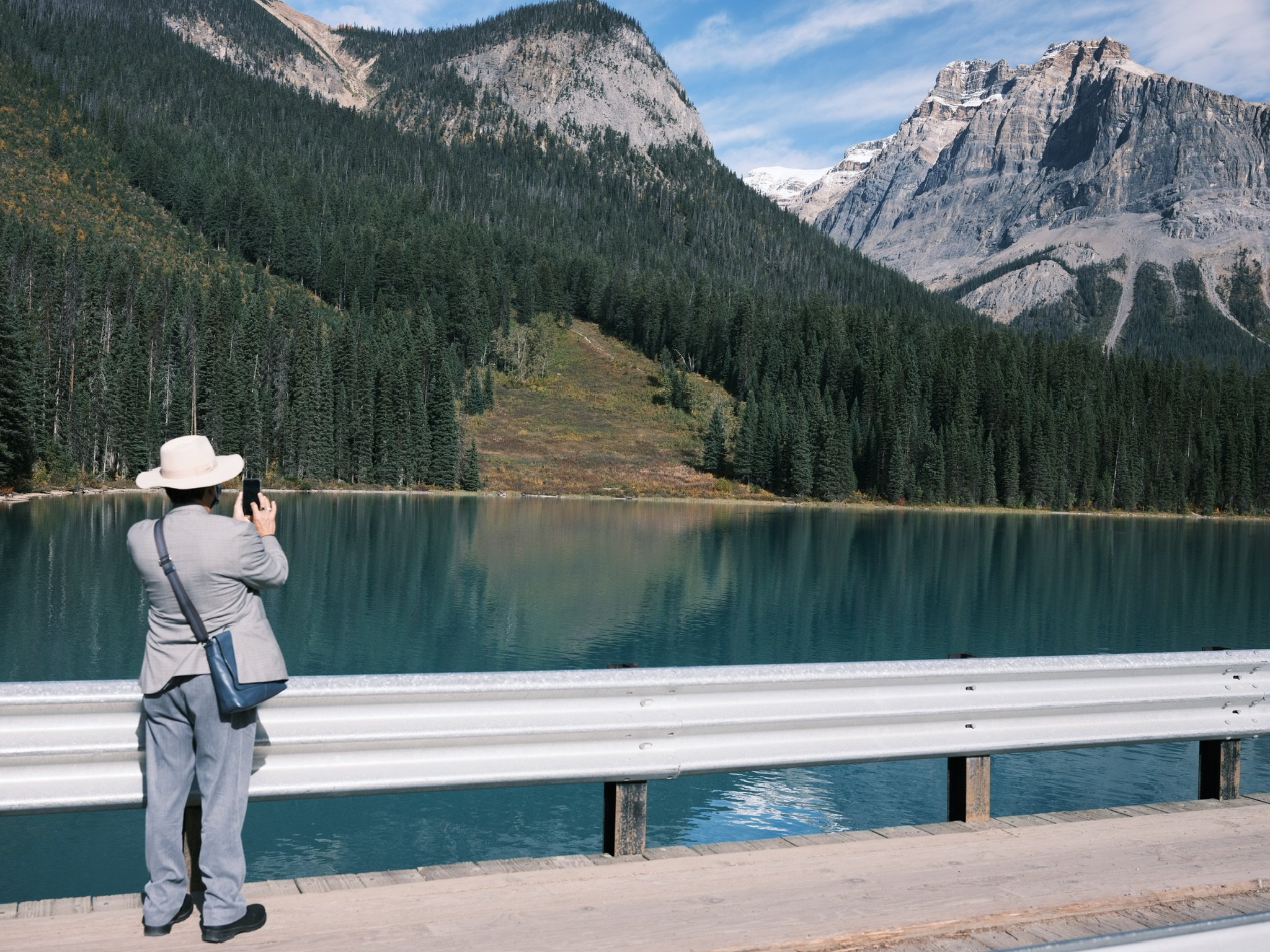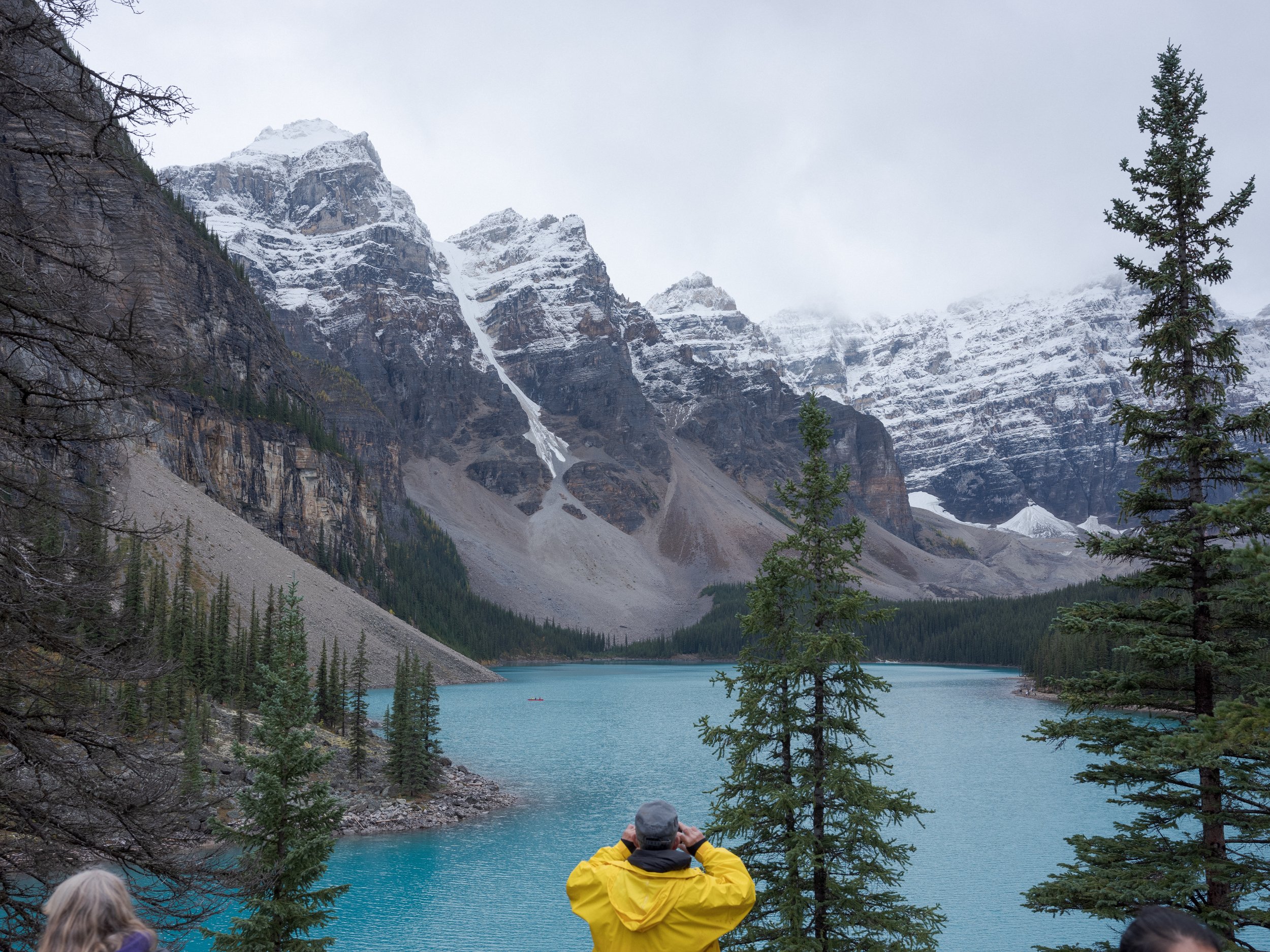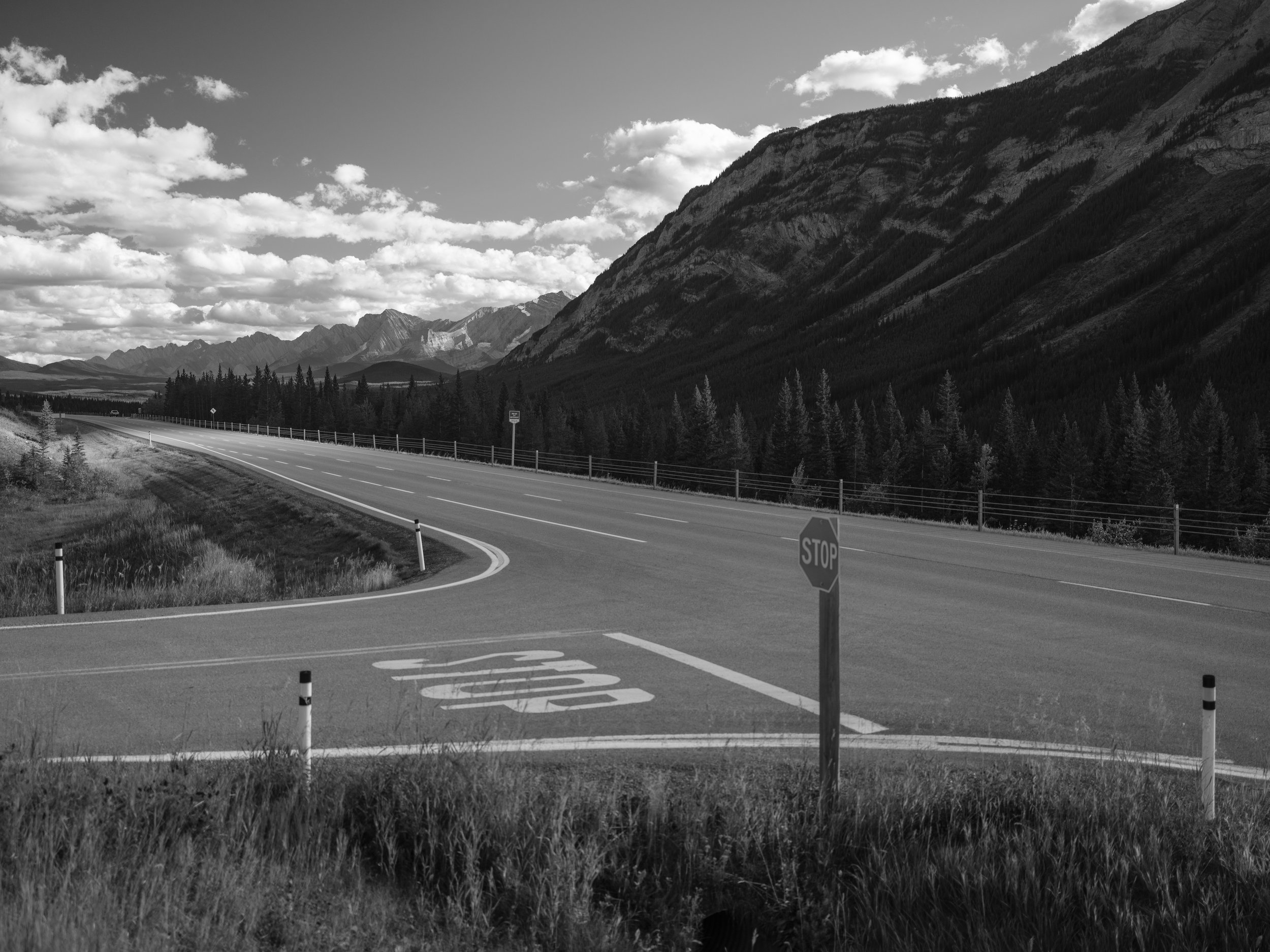Fujifilm GFX 50R: Longterm Review
I used the Fujifilm GFX 50R for three years as my no-compromise camera when I wanted the best image quality. It's bulky, slow, and meticulous but delivers knockout RAW files.
Announced in September 2018, the 50R was Fujifilm's second attempt to challenge Hasselblad and Pentax to conquer the digital medium-format domain, following its older sibling, the 50S. With its incredible image quality, it's a compelling option for photographers who crave the quality of a medium-format camera but don't have the budget for the latest models, such as the GFX 100ii.
Design and Build
The GFX 50R's boxy aesthetic won't win beauty contests – it's more of a function-over-form type of beast. Yet, I appreciate its simplicity, ruggedness and the fact it doesn't look like other cameras in this category. The 50R's no-nonsense build belies its price tag. I'm also grateful for Fujifilm's consistency across menus and settings across X Series and GFX cameras; If you’ve used an X-T3, you’ll feel instantly at home with a GFX camera. The grip? Barely there; you would only want to use the heavier GF lenses if you've got muscular forearms. Also, I like the electric viewfinder – which makes using the X100V feel like squinting through a keyhole in comparison.
Autofocus and Image Quality
The GFX 50R is a specialized tool, not a jack of all trades – if you photograph cheetahs in full sprint, the GFX 50R will disappoint. It's a camera for patient photographers, not those who crave speed or versatility in every scenario, such as studio, portrait or landscape photographers. The contrast-detect autofocus system and max burst mode of 3 fps make for a sluggish combo. When paired with DC-motor lenses such as the GF 45mm, GF 63mm and GF 80mm, it stirs when it takes a picture, so forget about being a sneaky street photographer (but it's not impossible). However, linear motor lenses such as the GF 50mm, 32-64mm, and GF 110mm are noticeably faster and quieter to focus.Its video capabilities are limited to 1080p recording at 30 fps.
Now, the great stuff starts with the obvious – the 51.4-megapixel sensor, which captures minute details, allowing you to make giant detailed prints or substantial crops. The ISO range stretches to 51,200. Not that I ever dared to take it that far. In real-world usage, I've been happy. It performs impressively up to ISO 6,400, maintaining clarity and detail in challenging light conditions. Even at ISO 12,800, images are useable, but dynamic range suffers.
The 50R RAW files' details, colours, and dynamic range are jaw-dropping. This is where the value of digital medium format over full-frame becomes apparent: it isn't so much in the final product as during the editing process. The superior dynamic range and natural colour retention of the GFX RAW files, even under aggressive edits, offer flexibility and malleability that sets them apart during post-processing. It's not a huge difference, but it's still noticeable nonetheless.
Value for Money
The GFX 50R isn't a steal, but Fujifilm offered a medium format camera at a price point that didn't immediately make my wallet burst into flames (you can find used models for around $2,000–$2,300 these days). GF glass isn’t cheap, but note that Fujifilm offers generous discounts of up to $600 on certain lenses several times a year. I owned the 45mm F2.8, 63mm F2.8 and 80mm F1.7 and none of them were bought at retail price, which means I saved about $1,800 in total.
If money’s tight, you can go down the eBay rabbit hole and find some vintage lenses for a fraction of the cost. You’ll lose the sharpness of GF glass, but plenty of people appreciate the look these lenses give as long as you are okay with relying on manual focus.
Should I have waited for the 50Sii? Maybe. I felt a tinge of buyer’s remorse when I discovered that the newer model had all the features I wished the 50R had—IBIS, a faster image processor, and slightly improved autofocus. Still, I've got a soft spot for the 50R's boxy design.
Final Thoughts
The GFX 50R has a sensor that was first introduced in 2014 and rather autofocus sluggish capabilities, but that's beside the point. It offers image malleability unmatched by the full-frame cameras I've tried. I think the GFX 50R will become a classic in future years. We're already starting to see early digital cameras rise in value, and image quality from digital sensors has plateaued over the past few years; I've noticed online conversations talk about old digital cameras in terms of the look that older sensors deliver. With that in mind, the 50R is a tool with personality, quirks and qualities that lends itself to creating art and uniquely documenting the world. It's taken me from the Rockies to Iceland, helping capture memories I'll cherish forever. The image quality? Outstanding. And that makes up for all its shortcomings.
Check out the images below to see what I took with my GFX 50R while owning it.






